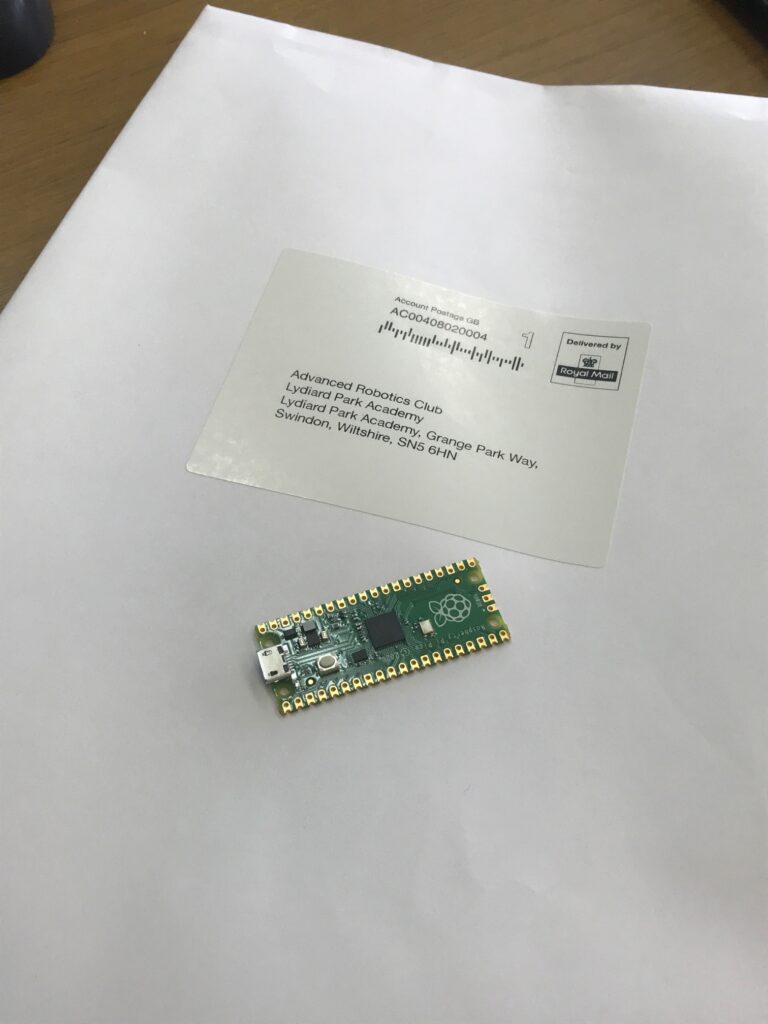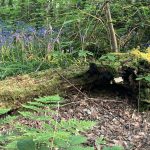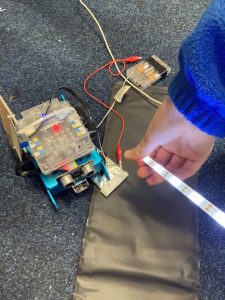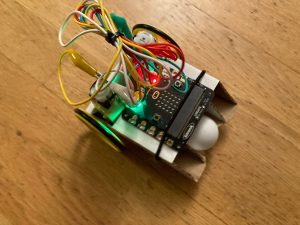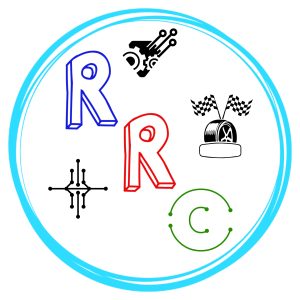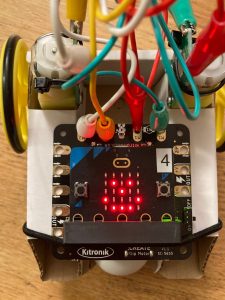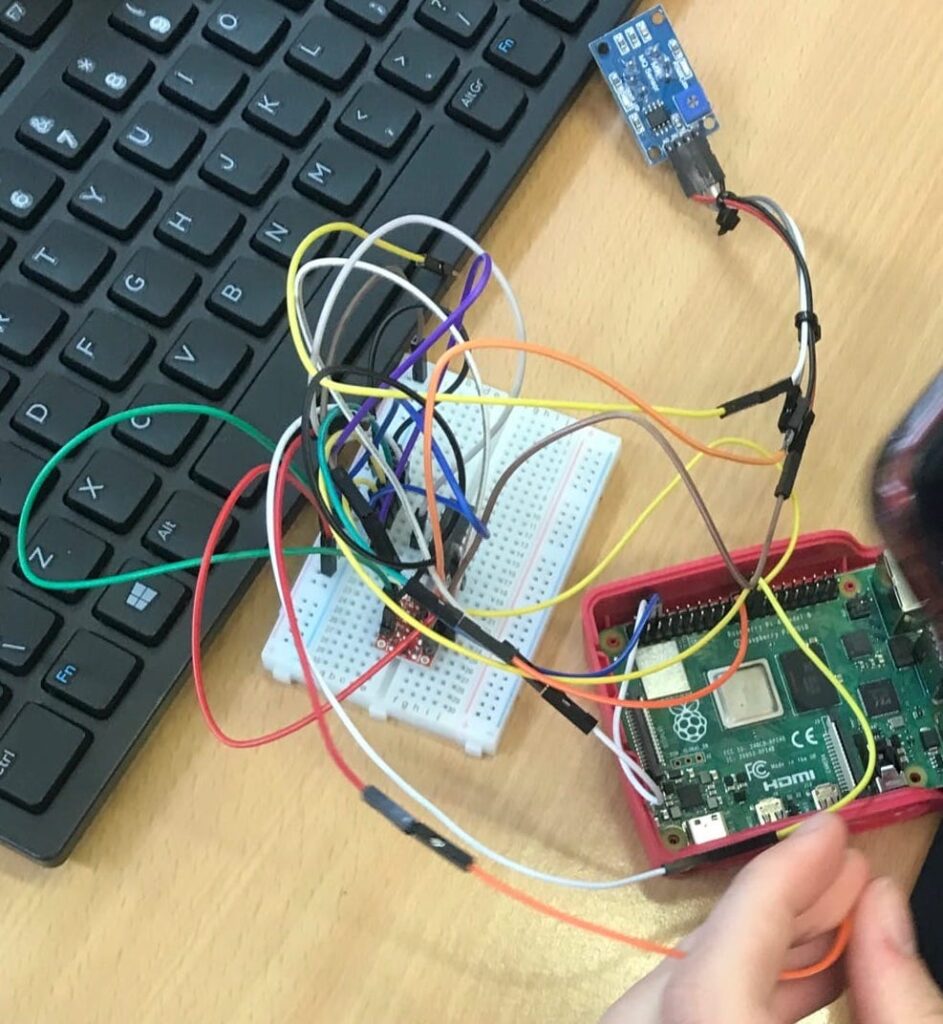Pi Upgrades
Led by Zjeremy, (who retains what Steve (HoD GWA) affectionately refers to as a “prototyping look”!) – a number of Raspberry Pi upgrades are now taking shape. Zjeremy needs to run Scratch 3 with a bit of vim if he is to juggle multiple HATS for interfacing with. His secondary 3b board was not up to speed, but the 4b seems happier. To celebrate, he was coded into taking images of the woodland views from the second floor of Great Western Academy.
Meanwhile low cost LCD screens set into basic plastic boxes are a quick and simple addition for classroom kit. Raspberry Pi units deliver physical computing with core electronics and more advanced sensing: it is helpful to enclose them for protection during transport. A ribbon cable allows the GPIO to be extended for easy connections.
The CarFume Detector unit is almost ready for deploying on a busy Swindon street. It will mirror the functionality of Zjeremy and the Tree Pi – providing new urban data for comparison.
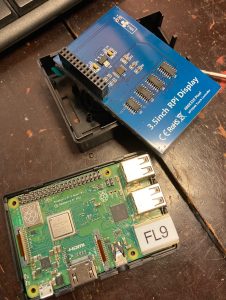
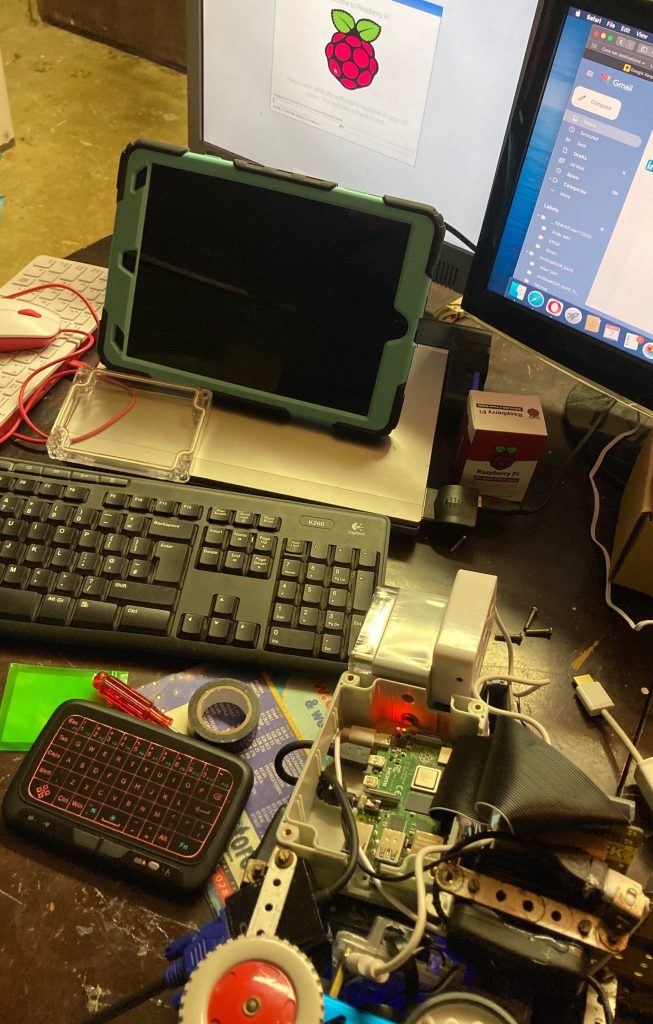
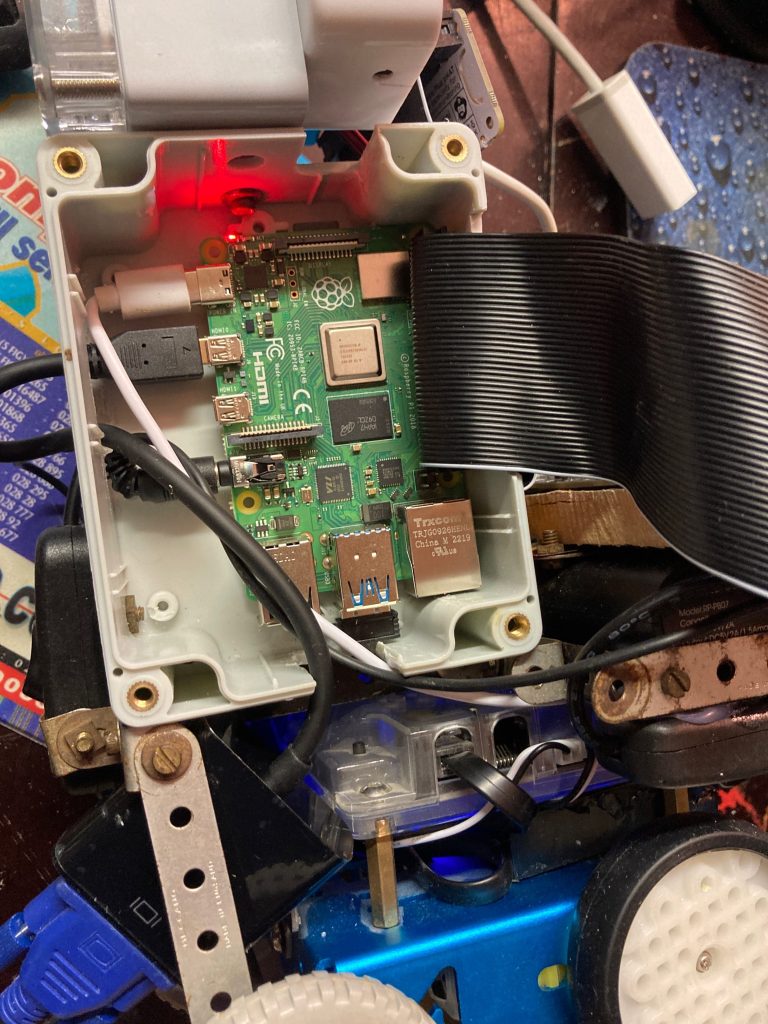
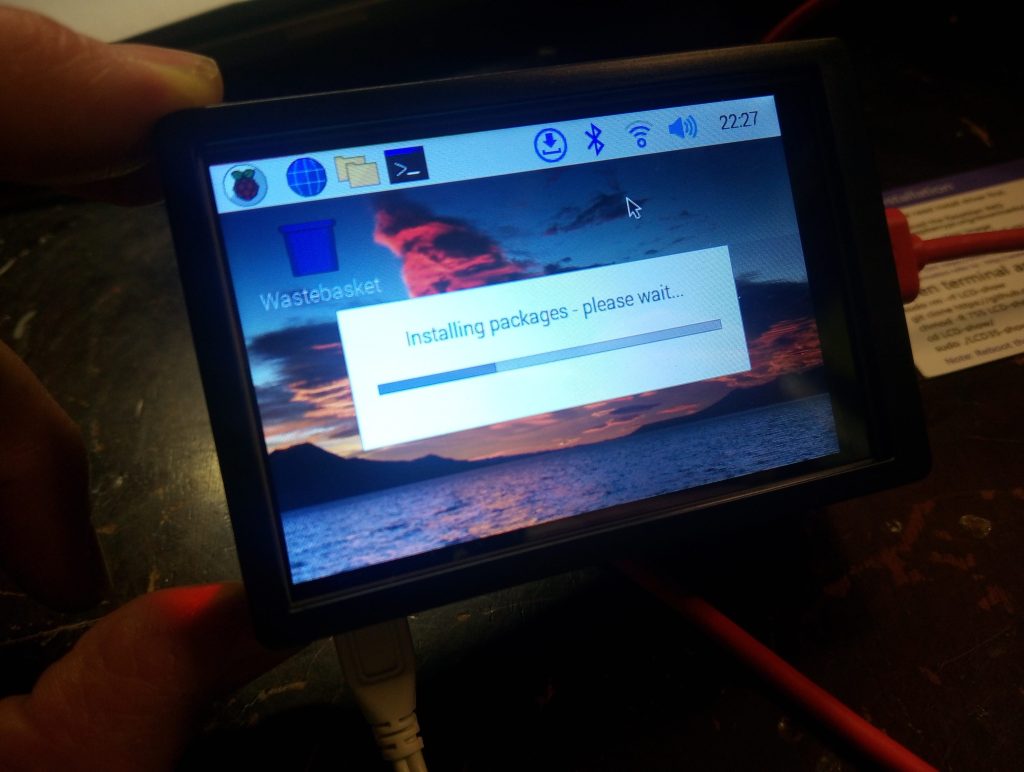
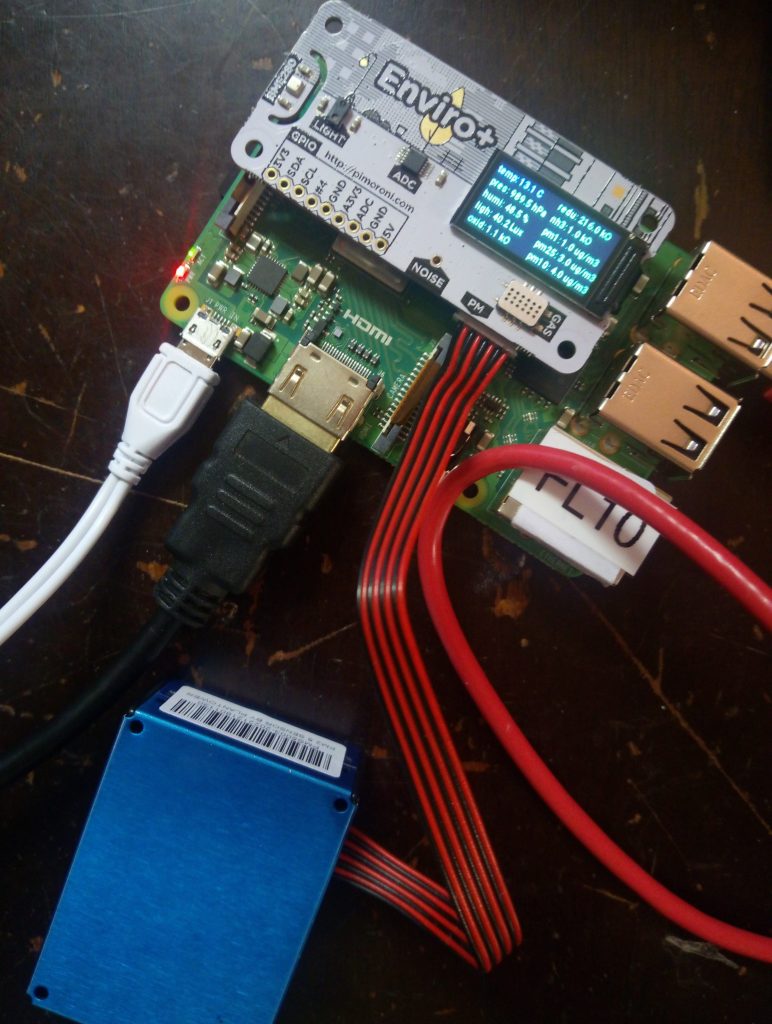

Trilled
Thank you Francesca for featuring my recycling blog (Jumpstart The Junk) on TrilbyTV.
Having been recently introduced to Simon from the inspirational Green Machine – I am keen to continue exploring ways in which to bring old tech to life! There are so many people in need of repaired or repurposed technology – e-waste is avoided when it can still function as a valuable tool.
Thermal woodland trail
As the cold evenings draw in, there is a type of thermal enhancement that doesn’t warm the toes much, but that does identify hidden cctv cameras in the trees! Thank you Eden for testing out your thermal imaging mobile phone functionality in our wood!
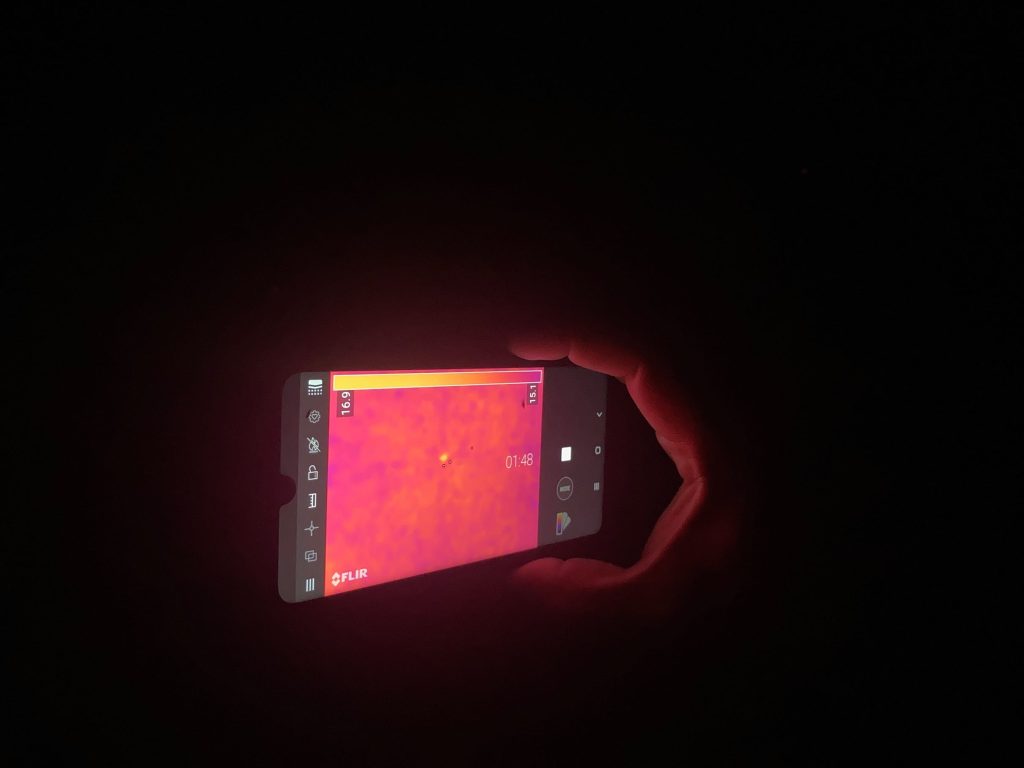
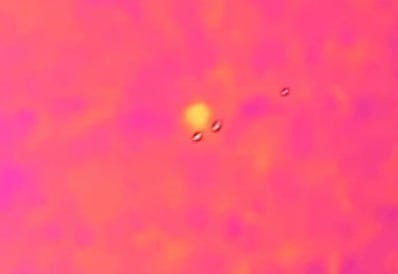
Flickernet Archive – First Event
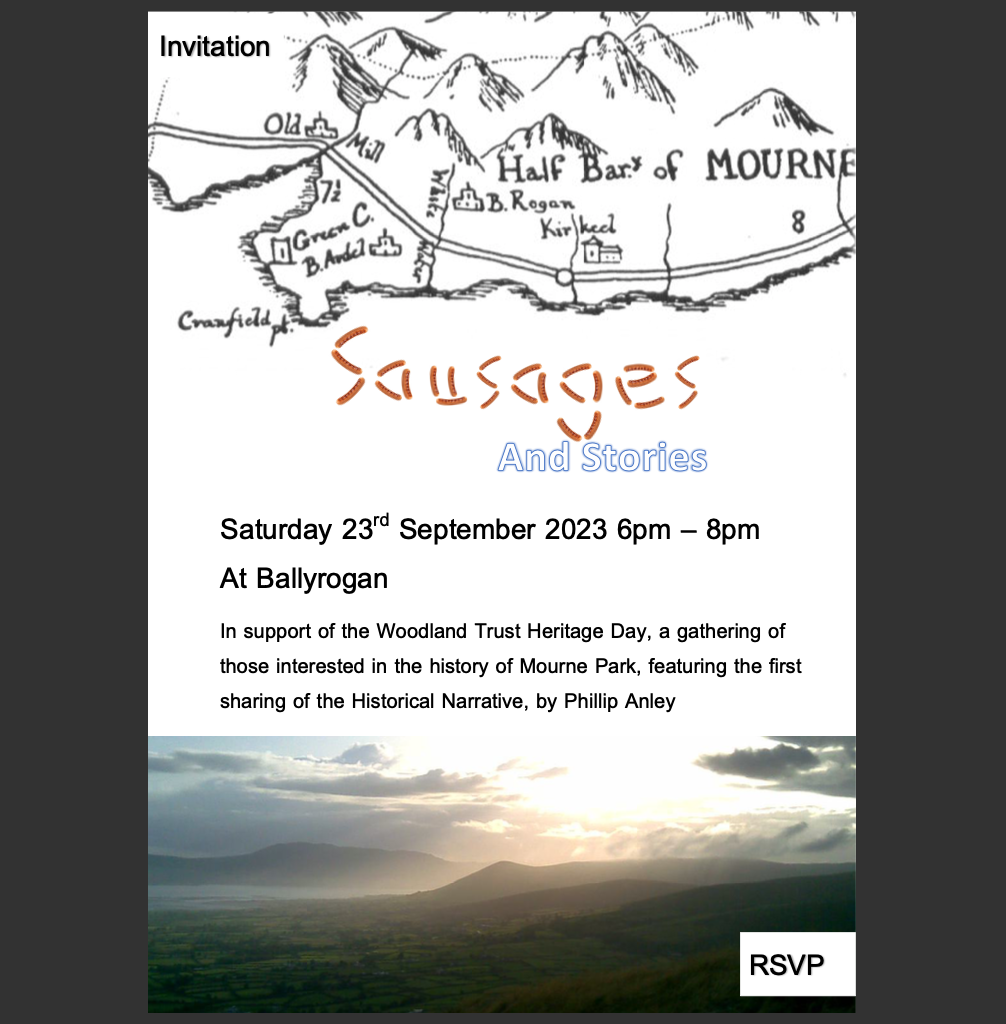
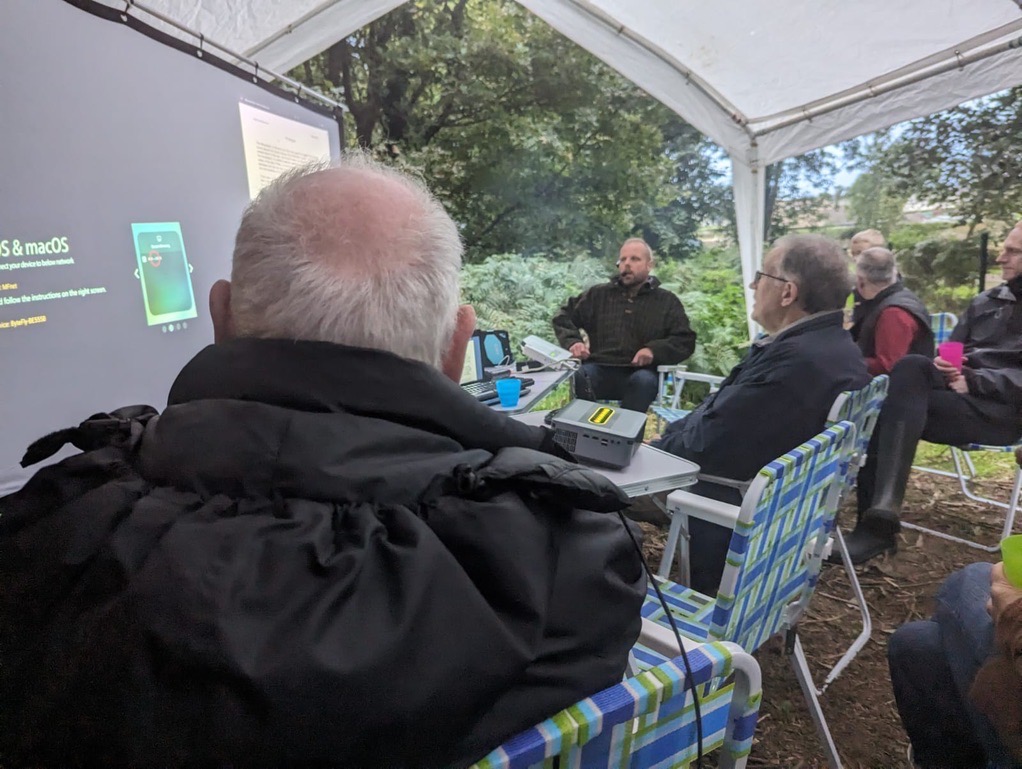
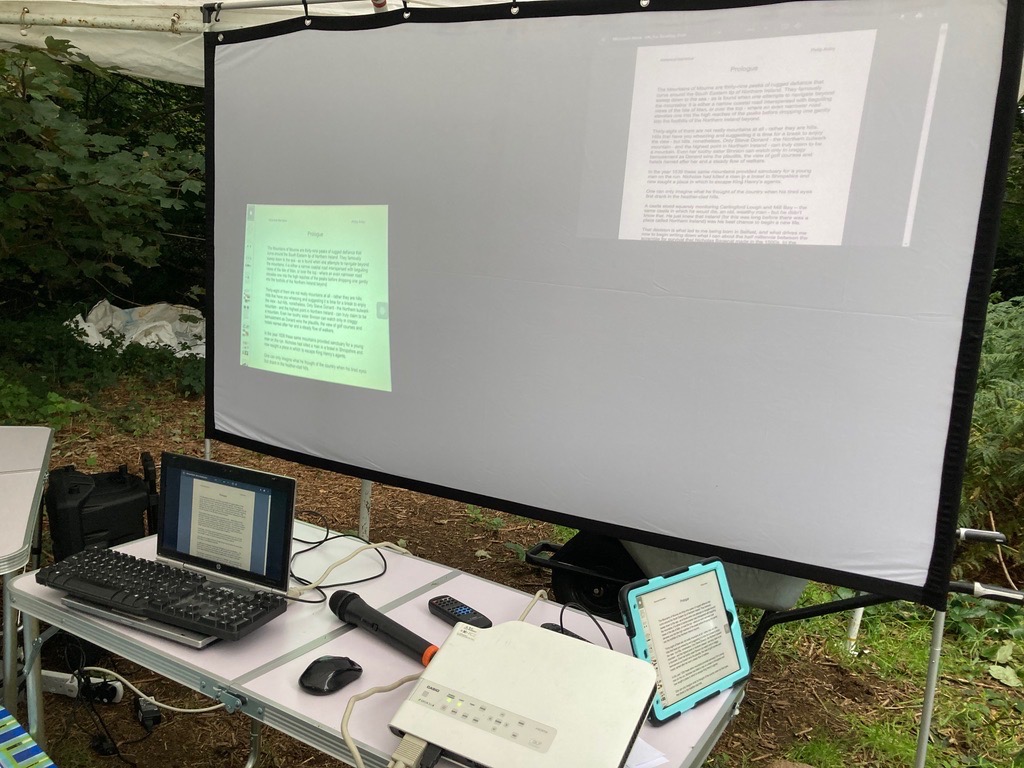
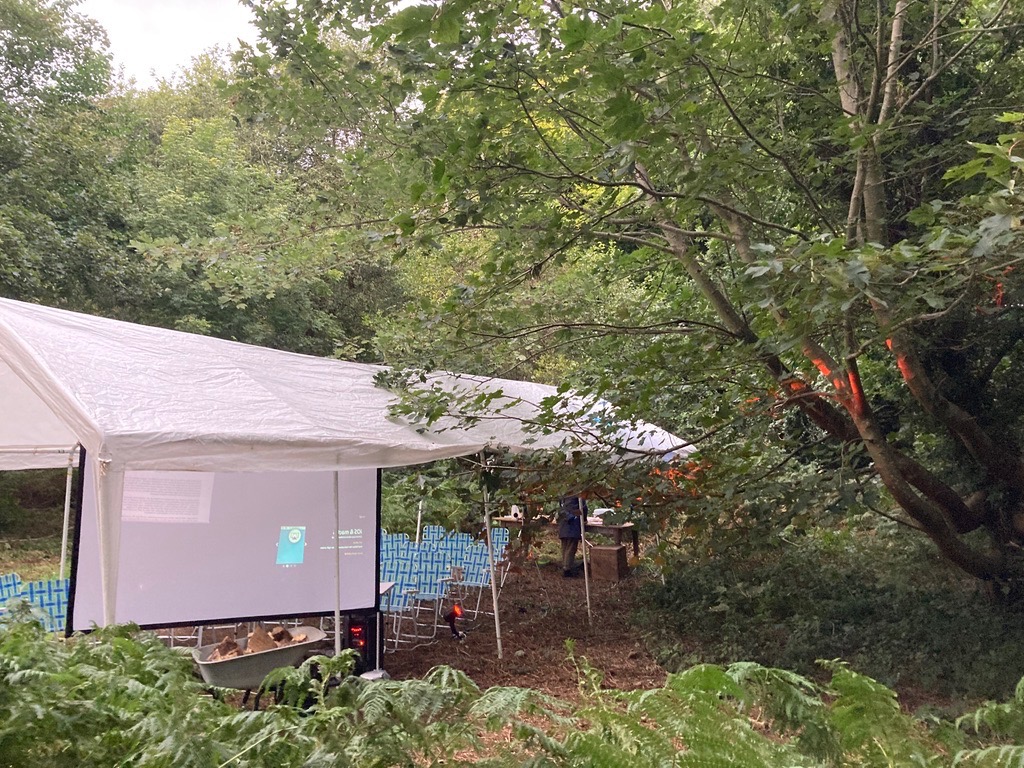
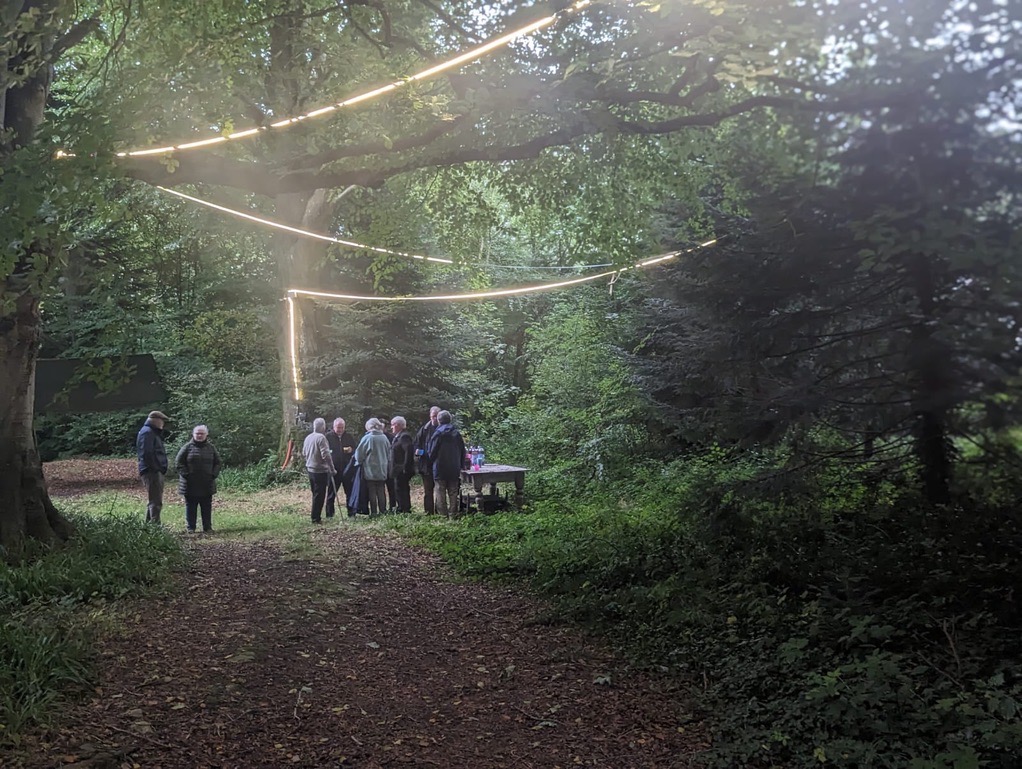
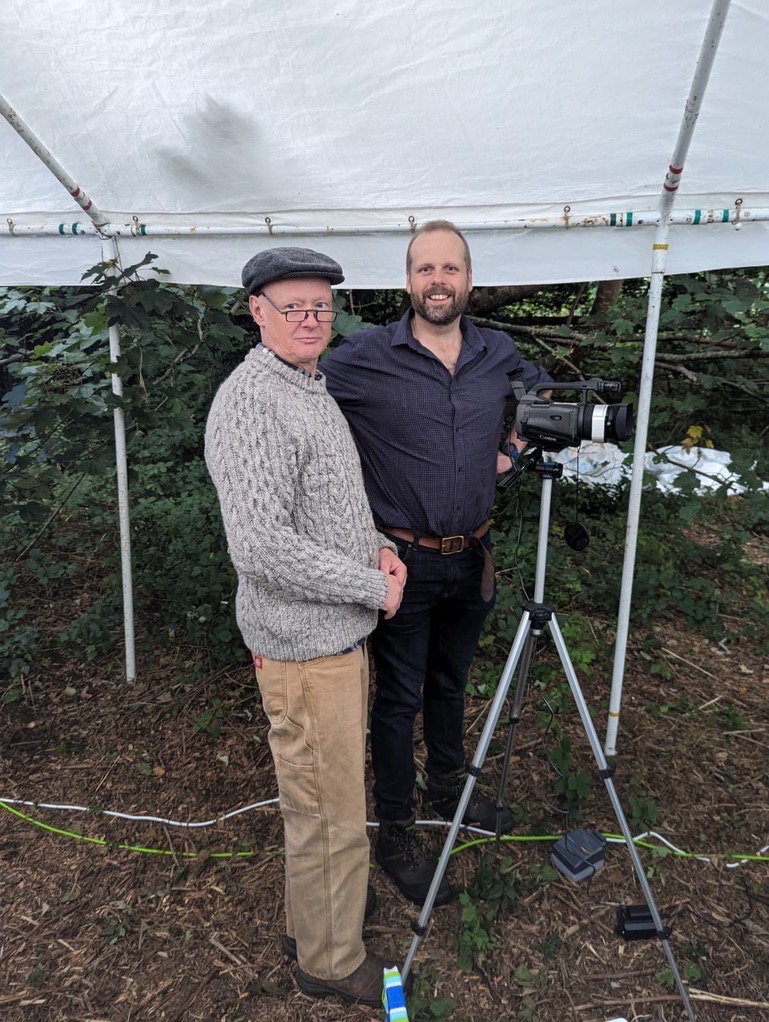
Sharing a particular historical archive using technology and the outdoors is an ongoing mission. As those familiar with this undertaking are aware, over the last year I have converted an 1830s schoolhouse building into an archive storage and digitisation facility. This then enabled me to begin work on the Historical Narrative – a book that seeks to weave together the many stories that belong in Mourne Park. In addition I am recalling what it was like to grow up in this beautiful place. On 23rd September a group of hardy folk joined me in the woods to hear the fist five chapters read, and media shared. Thank you to those friendly faces for their encouragement and patient listening. Video and audio snippets to follow.
Recycling Machine
Loving creating resources for team Digit<all> – with thanks to Amazon Sustainable Futures.
This is the Recycling Machine: metal detector drives a servo to sweep ferrous materials from a conveyor belt!
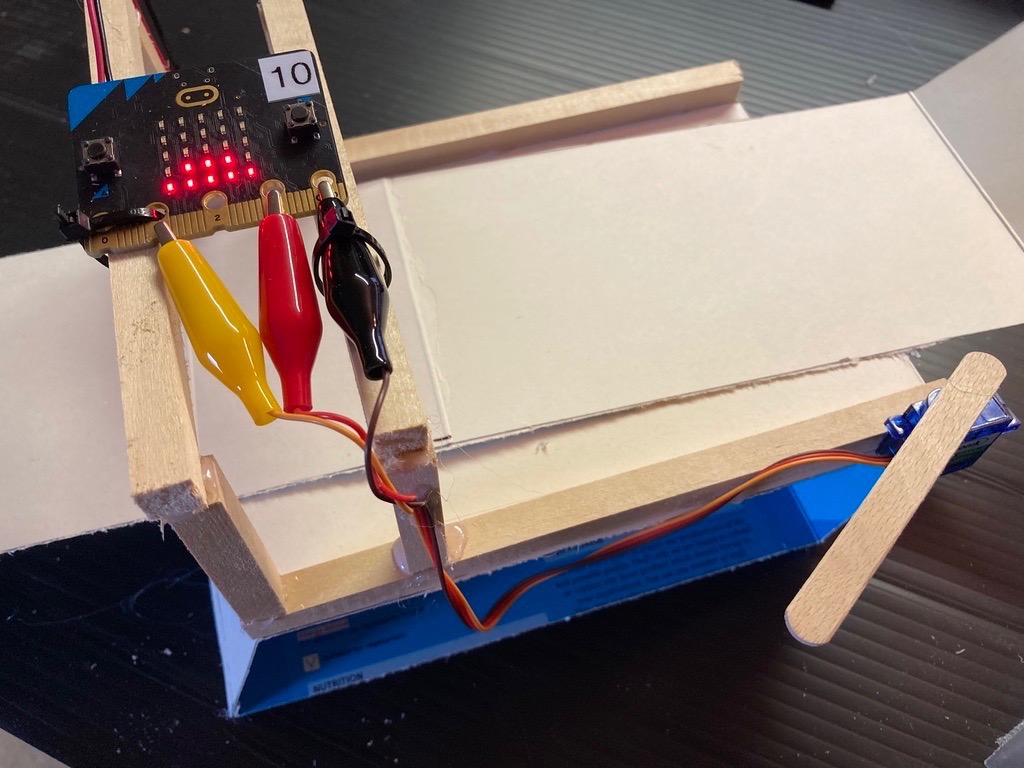
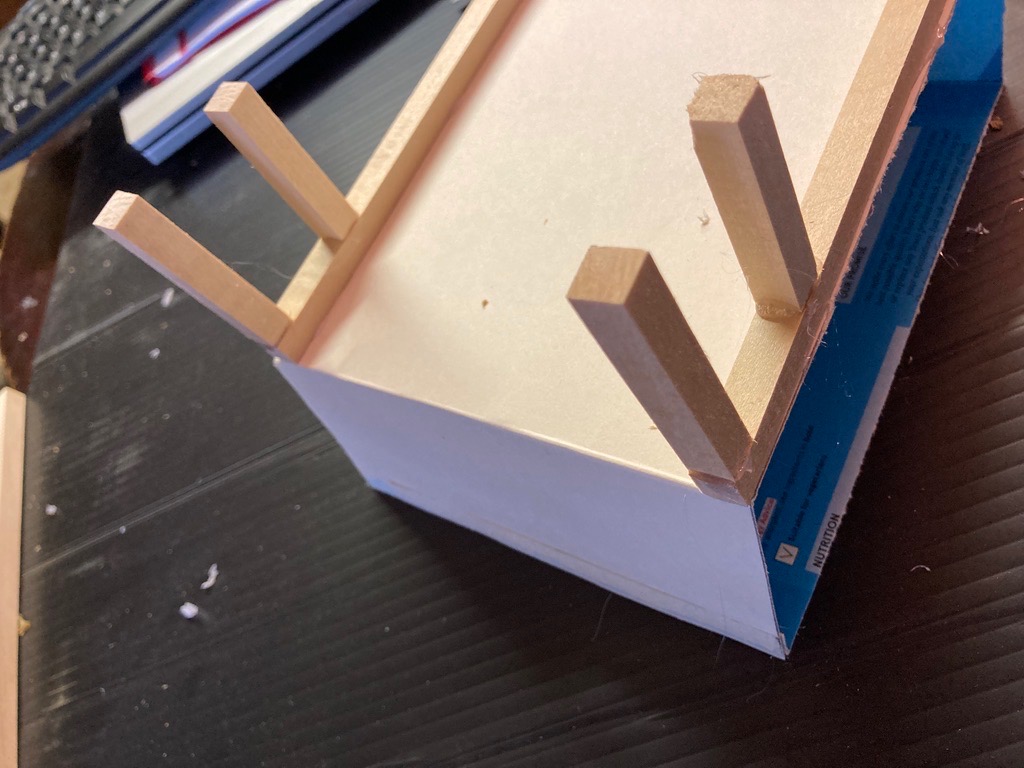
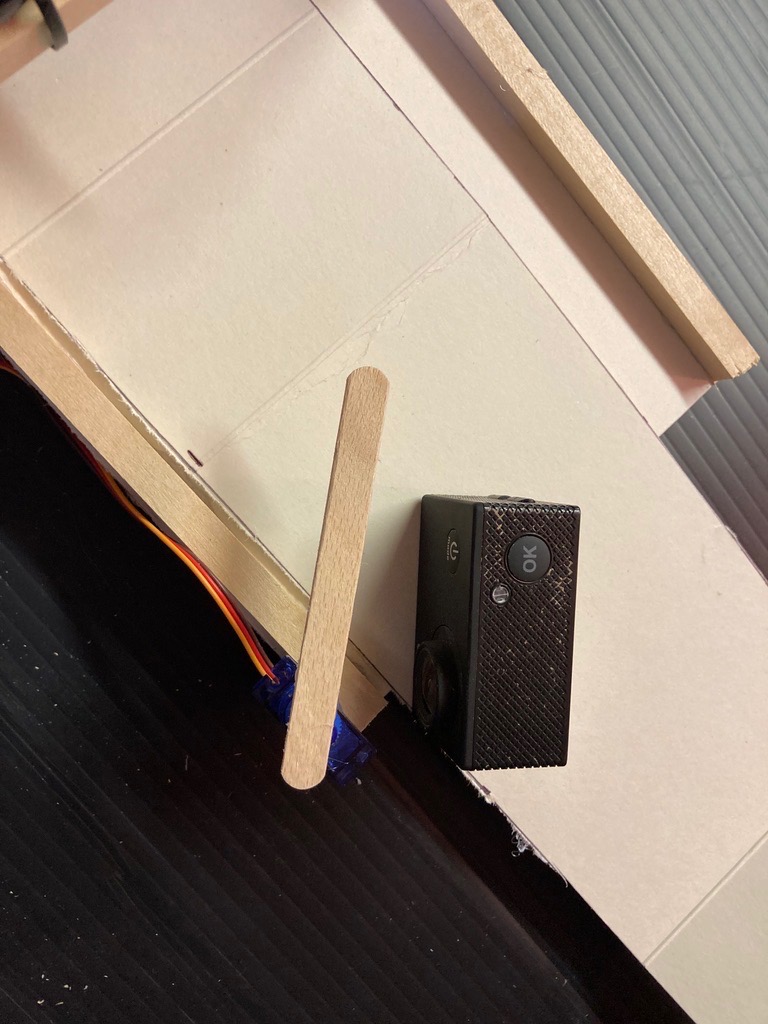
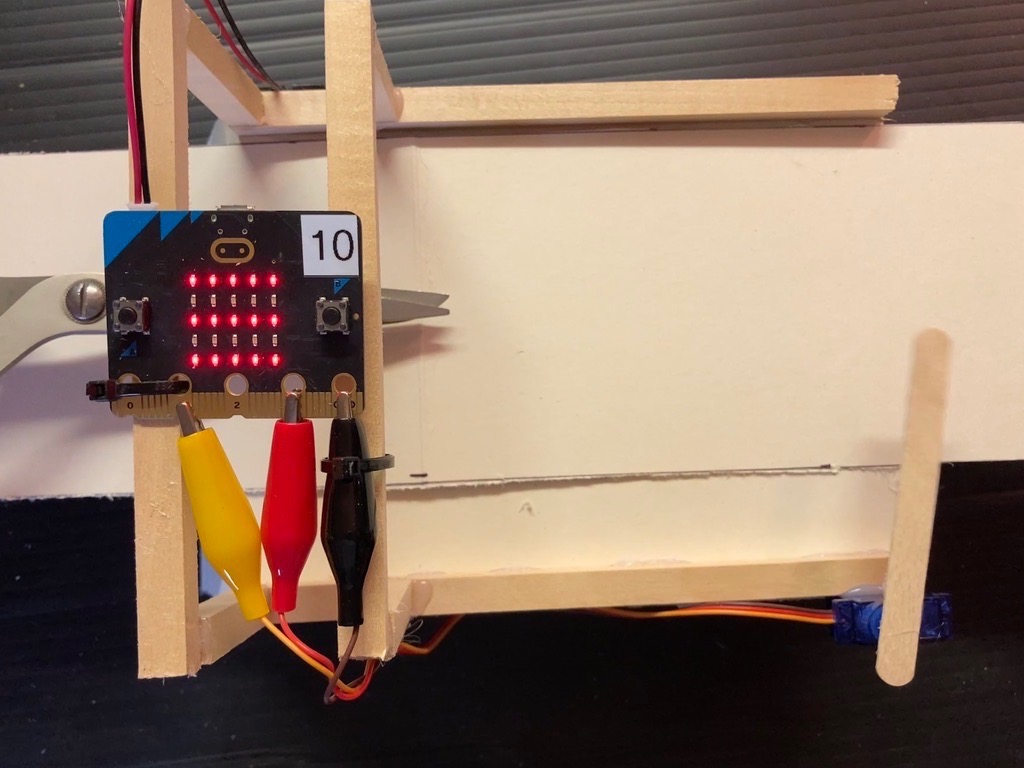
Boson for KS1
Enjoying exploring the DFRobot kit from BETT – this time the Boson Science equipment which is ideal for KS1 physical computing. Great Micro:Bit integration!
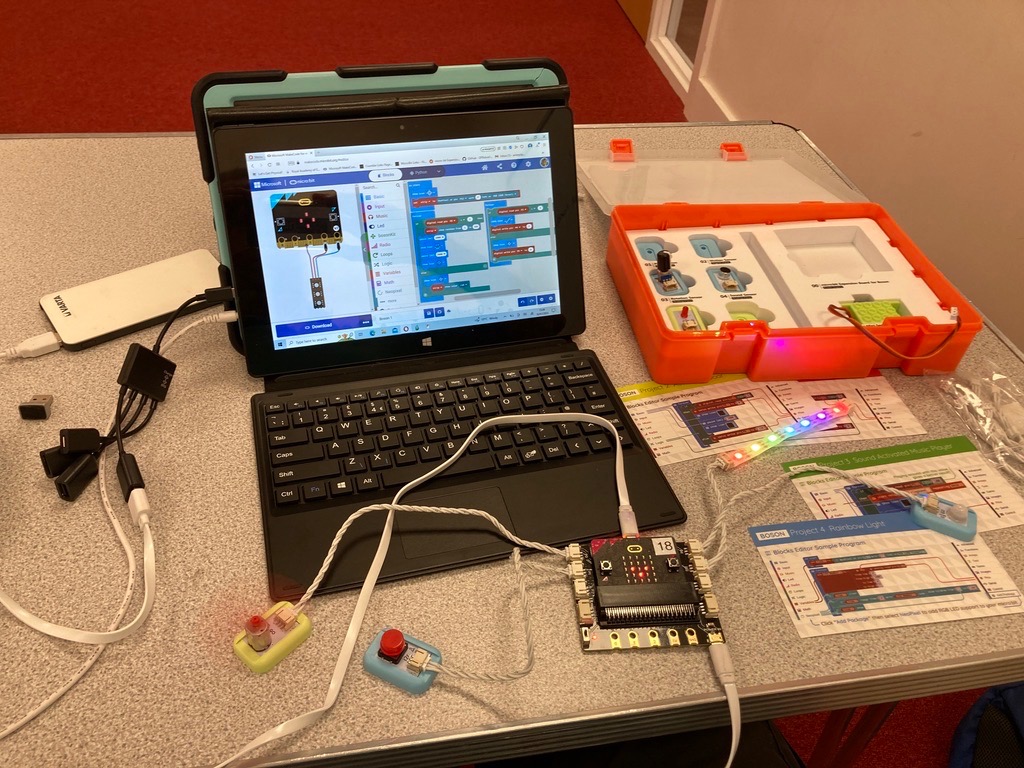
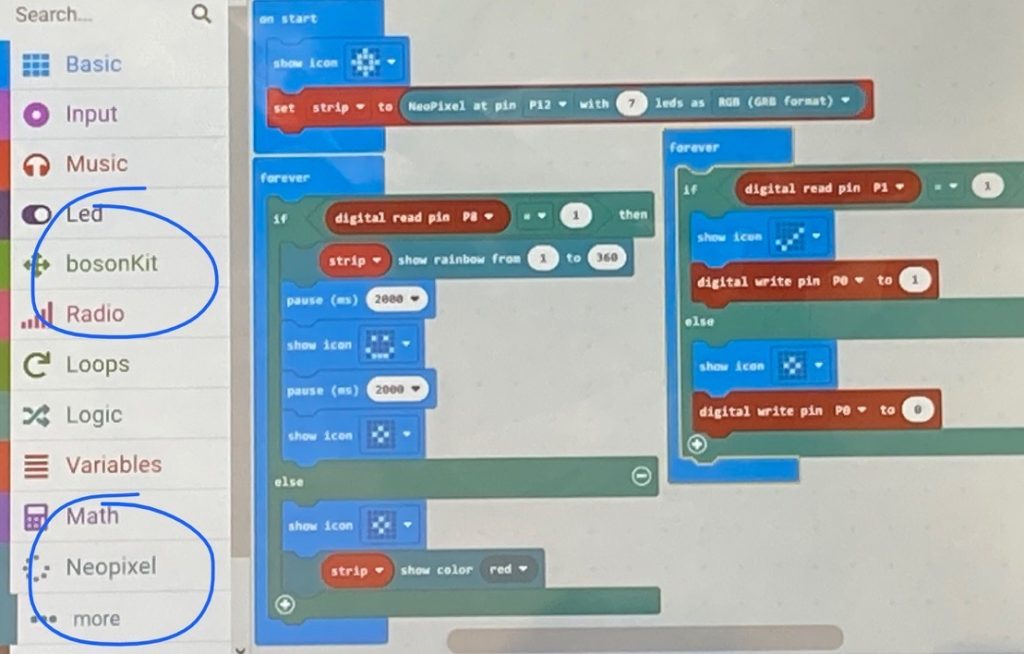
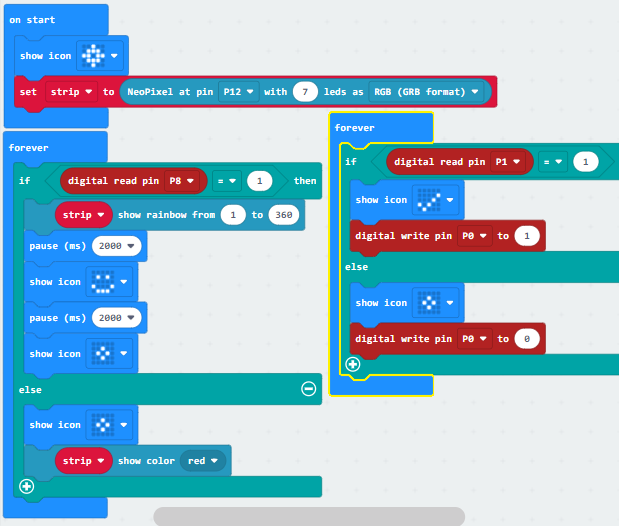
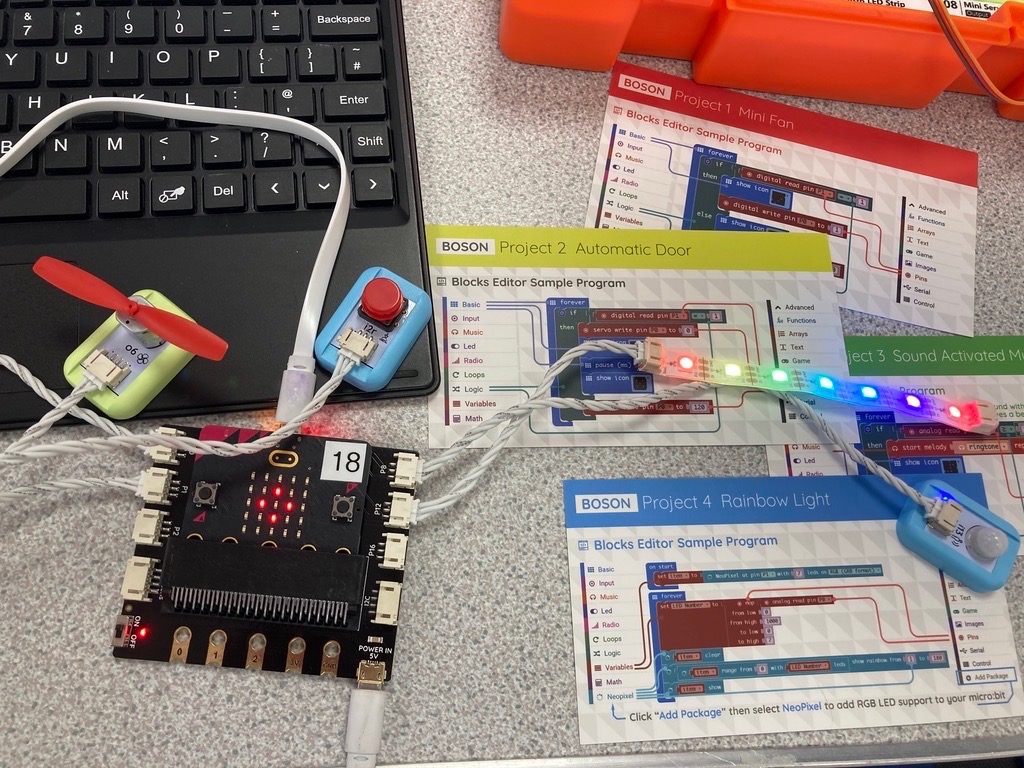
Phoenix Enterprise

Thank you Clare for meeting with us today. We are really looking forward to helping your service users to develop an illuminated logo and animated text board. The club that we will run for you in the Autumn will enable those who choose to come along to work collaboratively to design, build and code a bright solar-powered phoenix that will hang in the factory window sharing information and, most importantly, demonstrating to all what great capabilities exist in the Phoenix team.
Reflections on a sabbatical year
From climbing trees in the woods of Northern Ireland whilst clutching Raspberry Pi units, to helping children who were on the cusp of quitting school to build adventure game-books, this year has been a real eye-opener to me.
It is a rare privilege to become free to teach what one chooses. I hadn’t dared believe that it could happen, but now Flickernet is full steam ahead – 24 years on from those early Dot Com years – with a new focus called TTH: Tech To Help. This is what I will be up to, going forward – please see the synopsis page for more information or if you would like to be involved.
The Art of Accessibility
Keith and I met with Ben, a Director of Digital Writes, and an inspiration. Ben is helping us to explore a new project: using physical computing to enable those with reduced mobility to create their own unique artworks. We aim to feature these artworks in both an online space and through an installation.
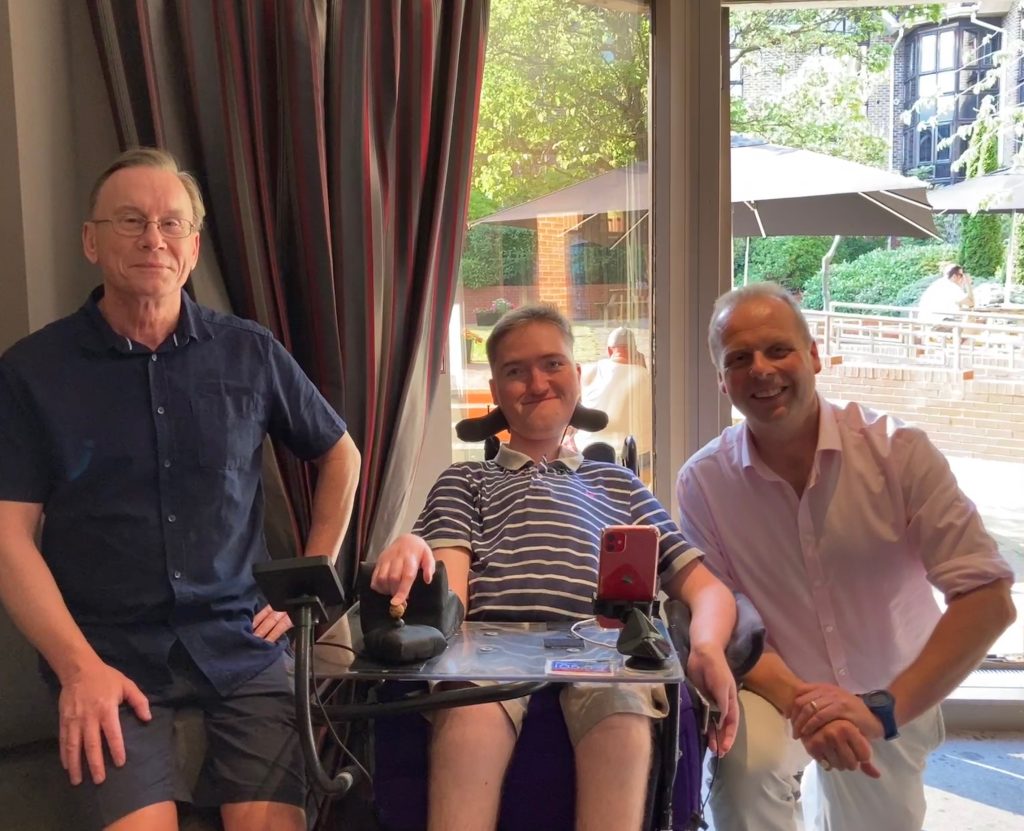
We will work with Primary school pupils to analyse the need, design and build a solution, then collaborate with the end user to refine a product that is genuinely helpful for them.
For those who are new to Physical Computing
Here is a summary page with Micro:Bit; Crumble; Raspberry Pi and more general links relating to the wonderful world of Physical Computing:
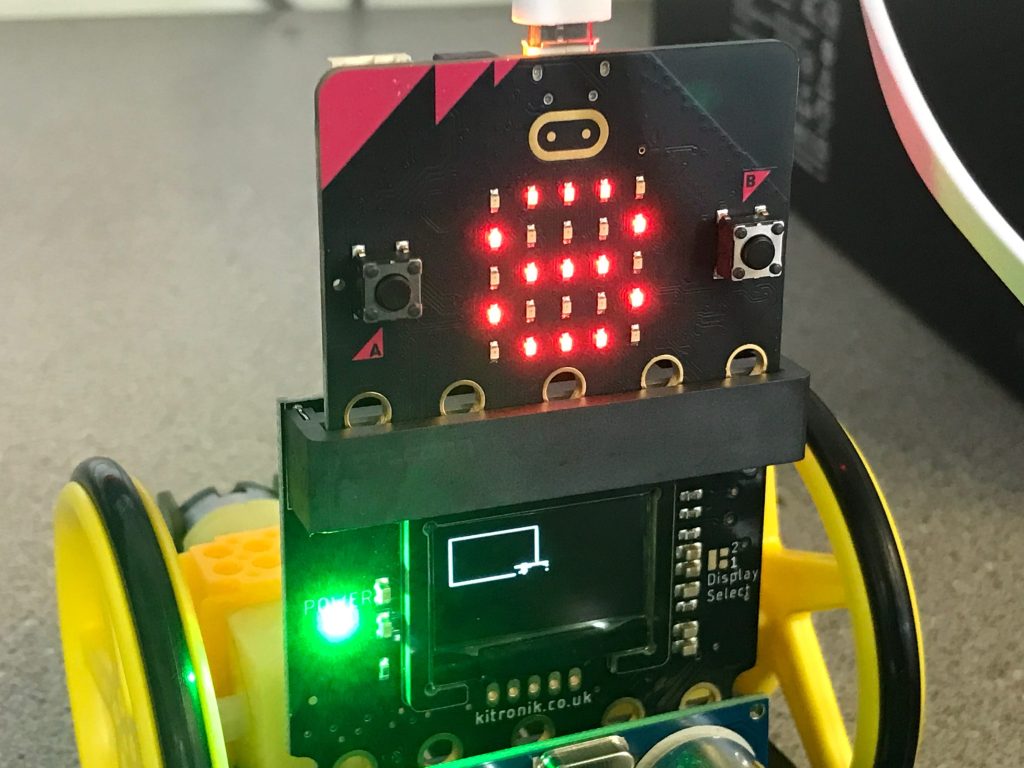
Micro:Bit Extras
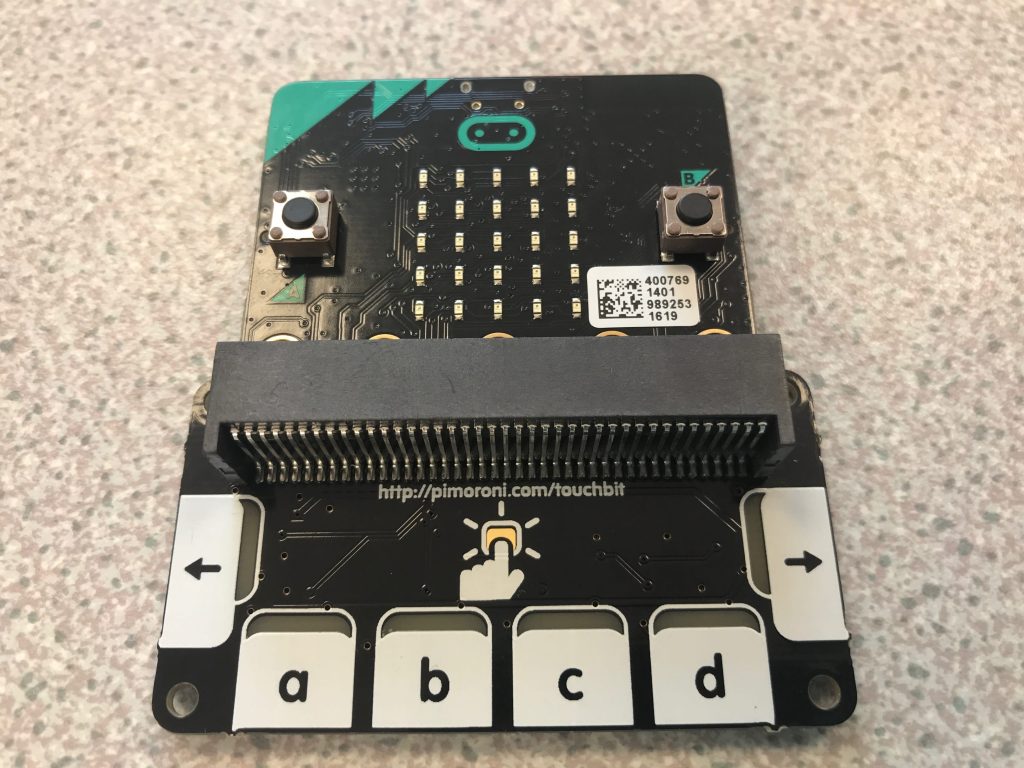
Hardly a day passes without a new Micro:Bit accessory becoming available. With Version 2 Micro:Bits having a bit more about them (!) and Primary Schools now having the offer of 30 free – it is a great time to explore the extra functionality that these offer.
As a quick guide for ARC, I have put a page together that lists some of the best – along with links to info pages / data sheets and associated resources.
Marge in a spin
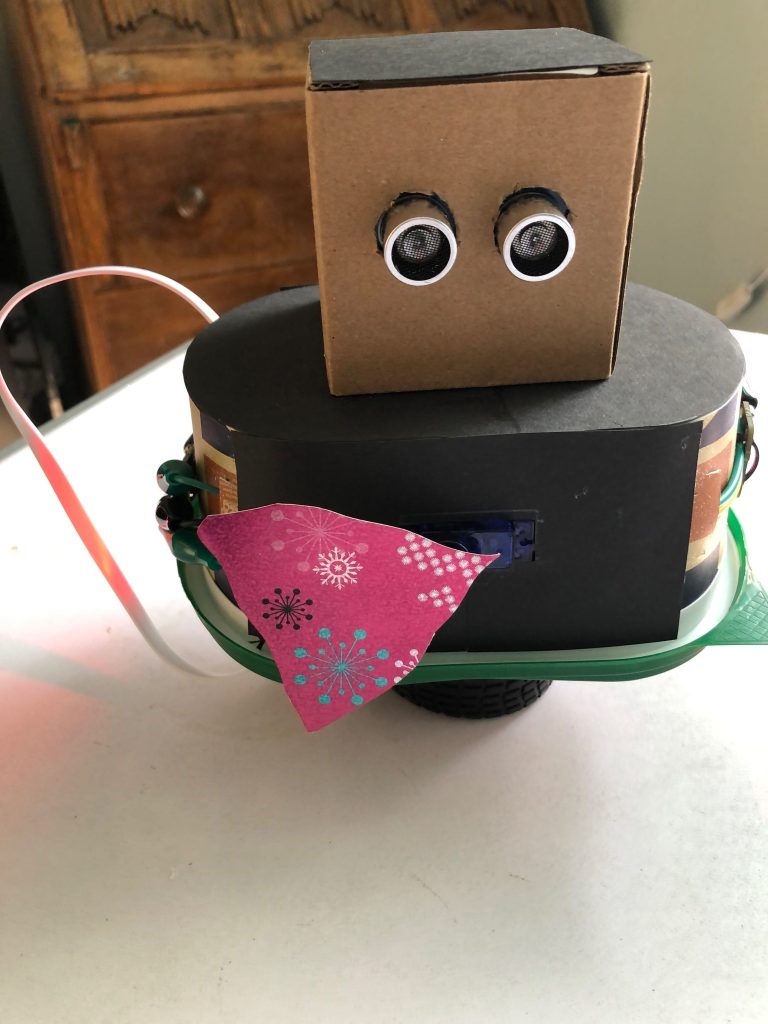
Enjoying exploring Crumble equipment at Bridlewood Primary and with the ARC.
Have built Marge to demonstrate the ultra-sonics in action. Credit to @philwickins for inspiring the concept. Have put together a page with Crumble links that might be helpful.
BETT
The vast, sprawling assembly of tech-enthusiasts that is BETT was every bit as overwhelming this year as in previous years. Rather than attempt to see everything, I was more than content catching a few great seminars and panel discussions, then finding my way to the Physical Computing corner.
Ricky and the team: your equipment has taken remote sensing opportunities to a new level! I am delighted to have connected with you and I look forward to sharing the immense range and functionality of what DFRobot produce in China. It will take me a few months to explore the equipment – but there is no doubt in my mind that what you have created could benefit learners up and down the UK.
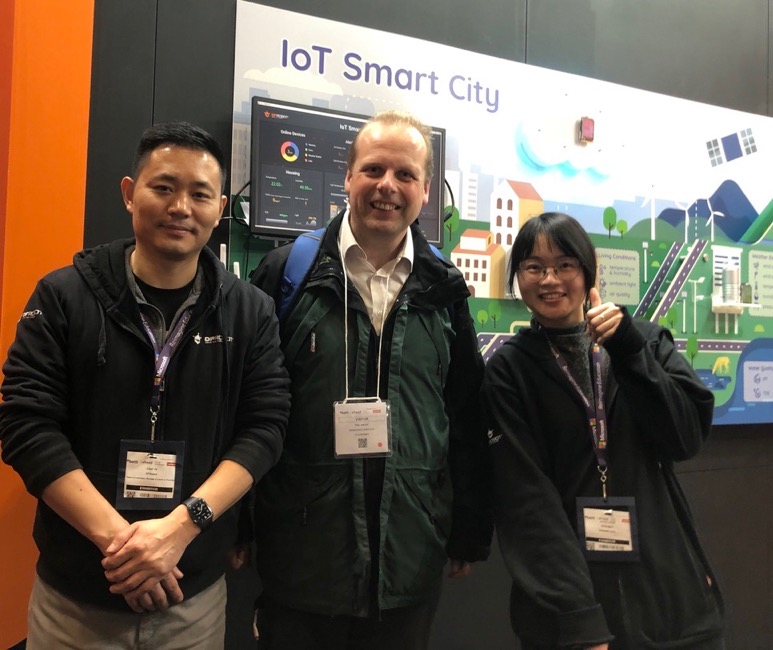
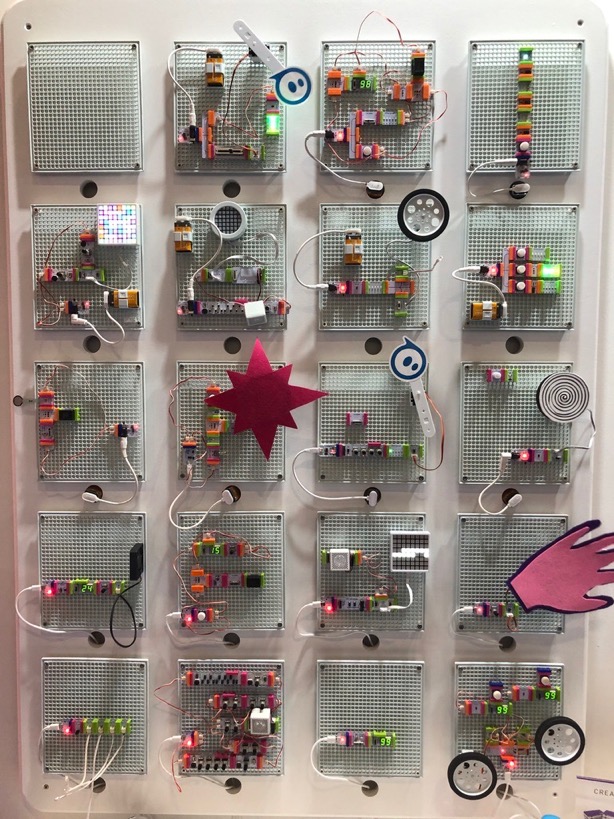
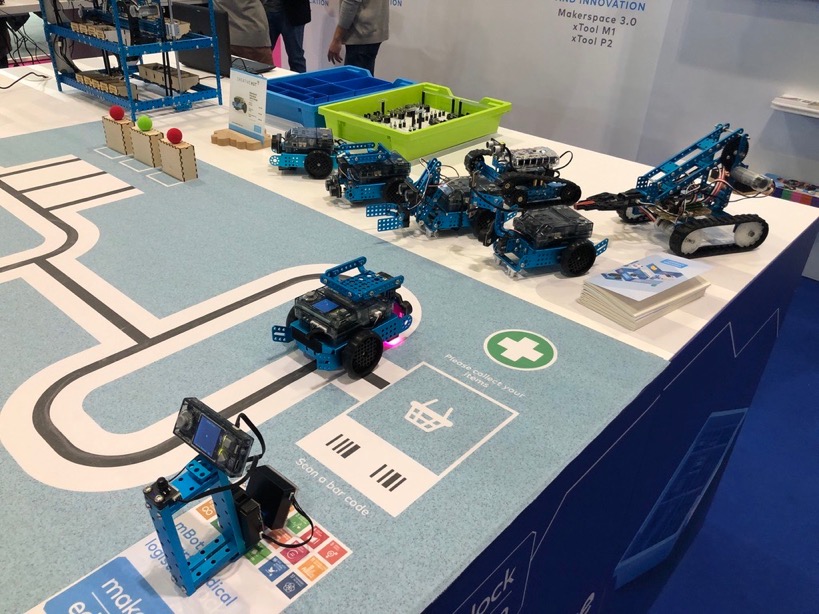
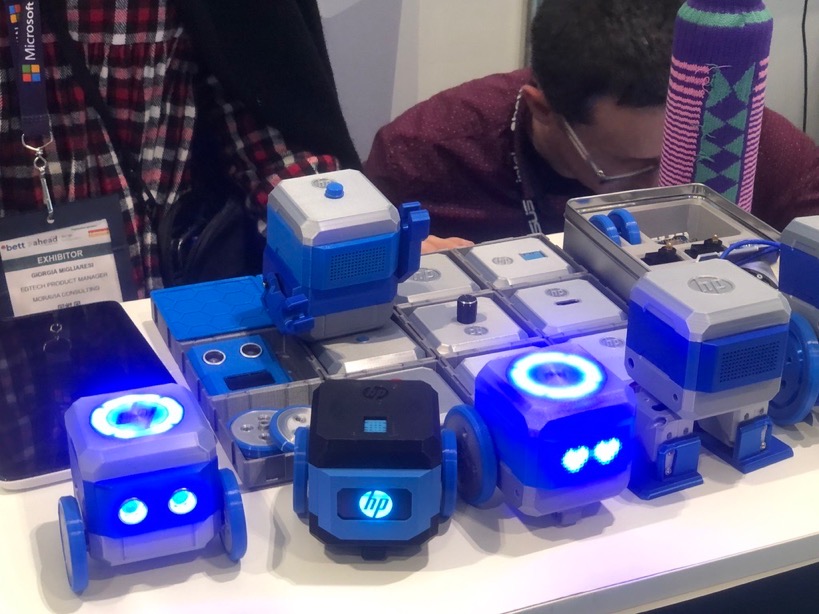
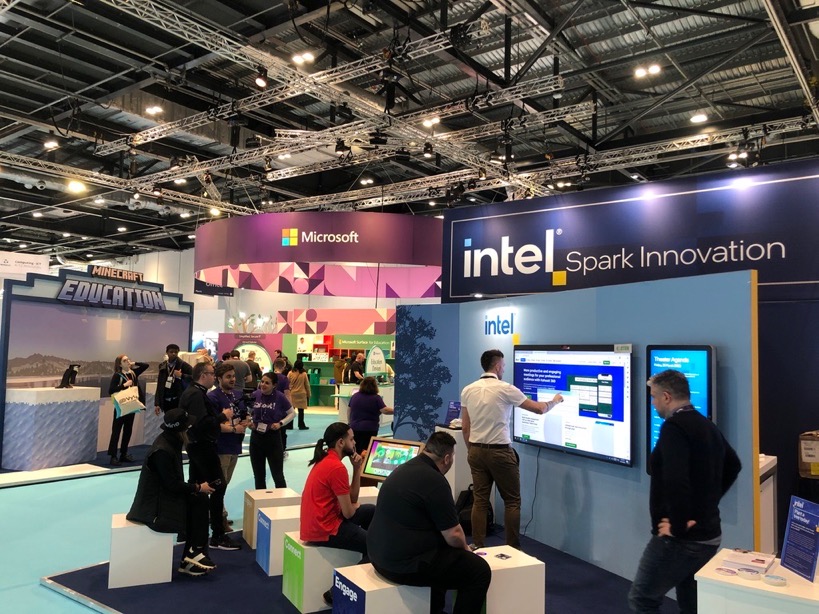
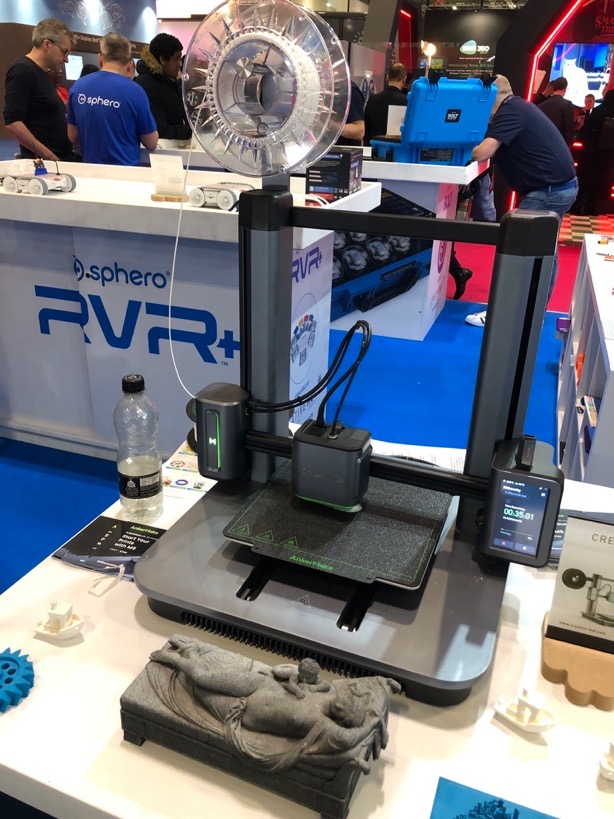
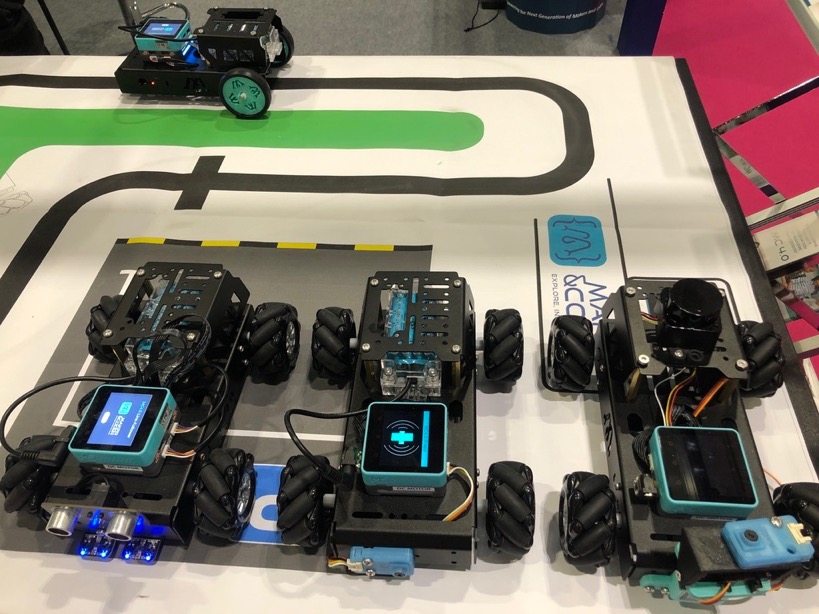
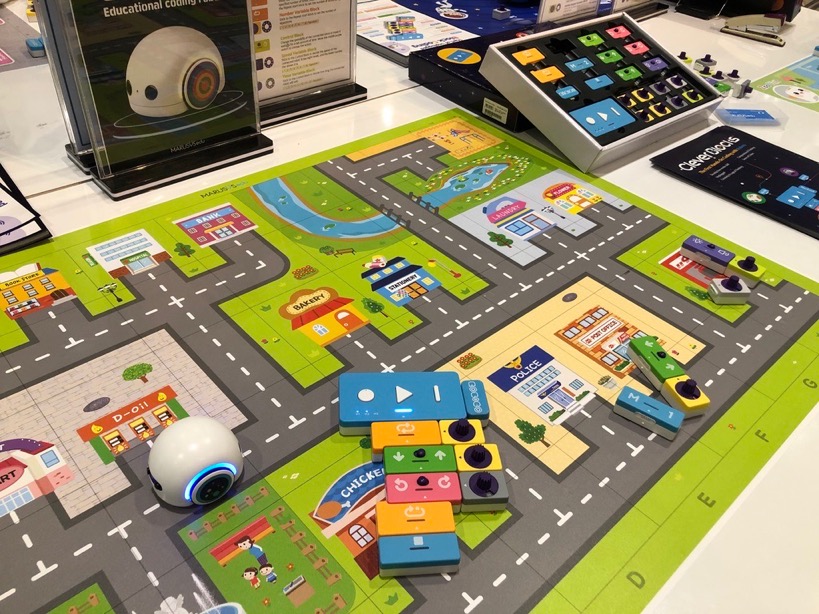
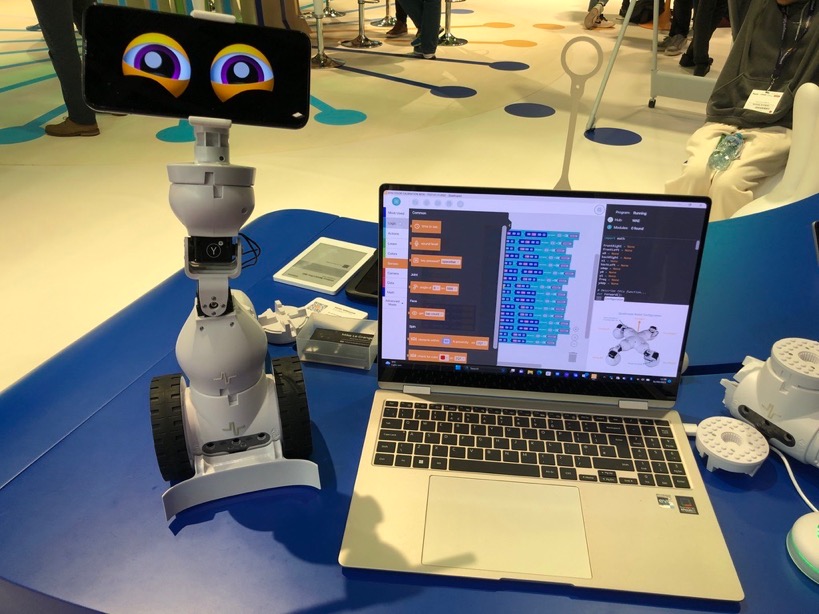
The Actual Reality Arcade
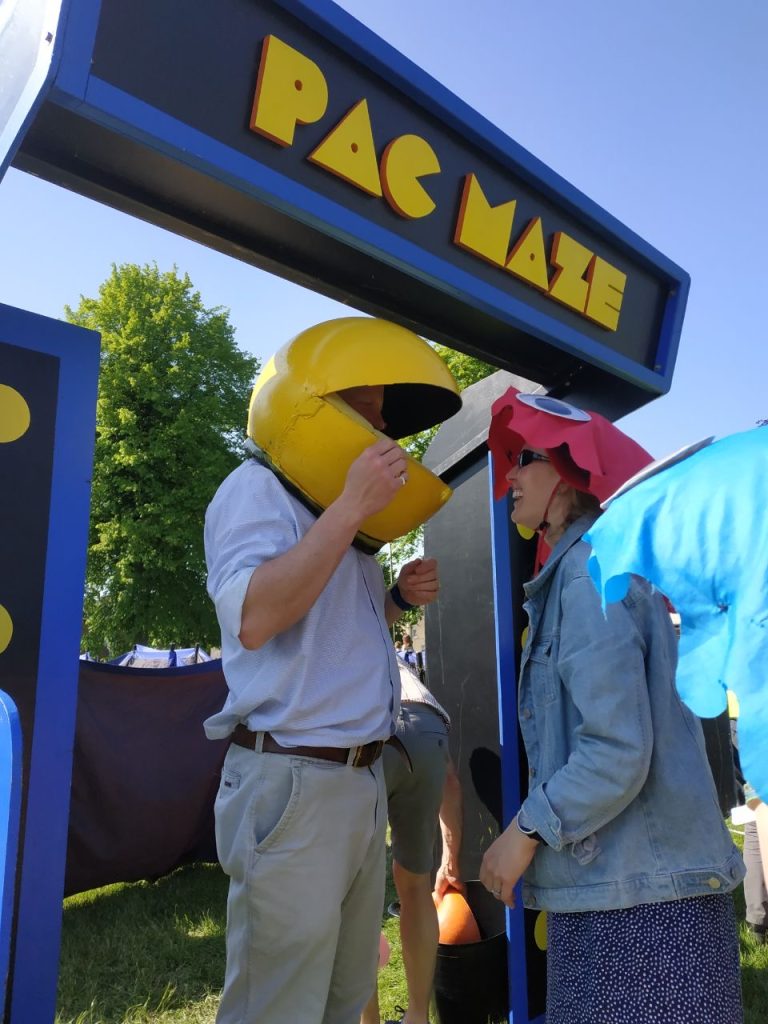
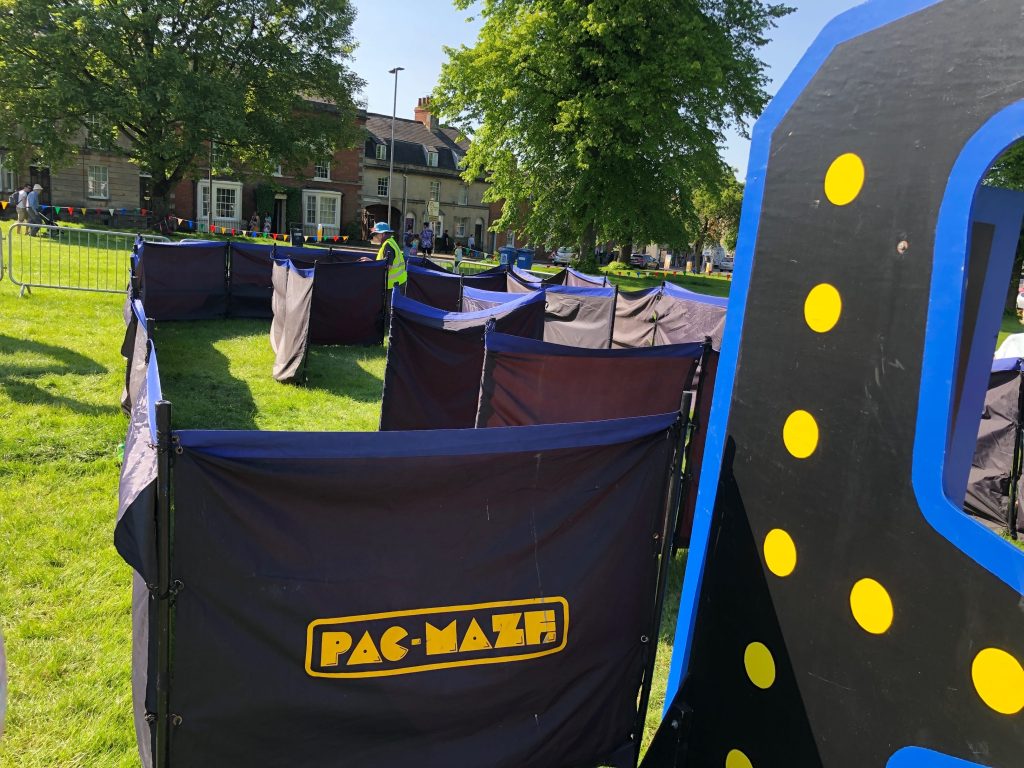
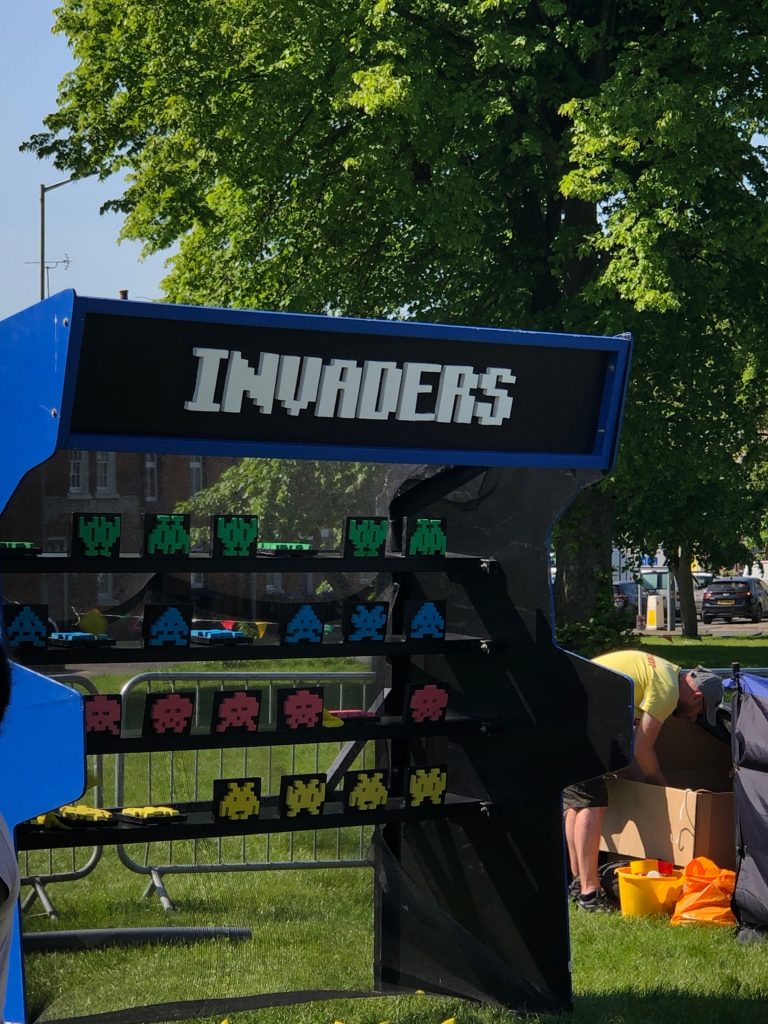
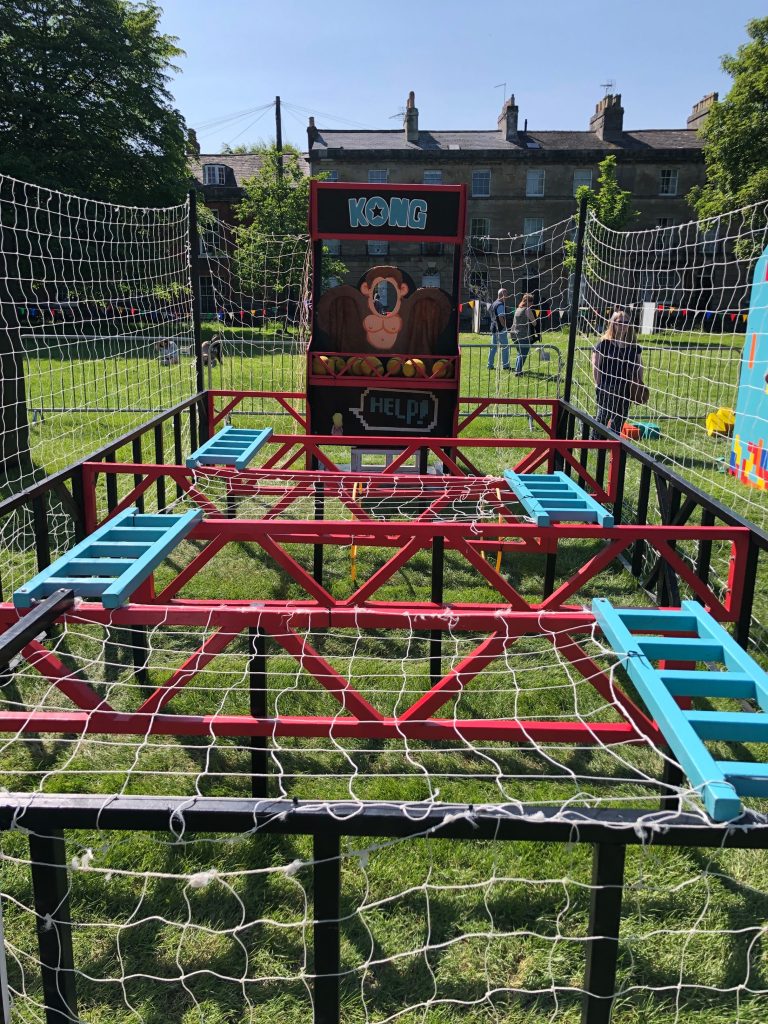
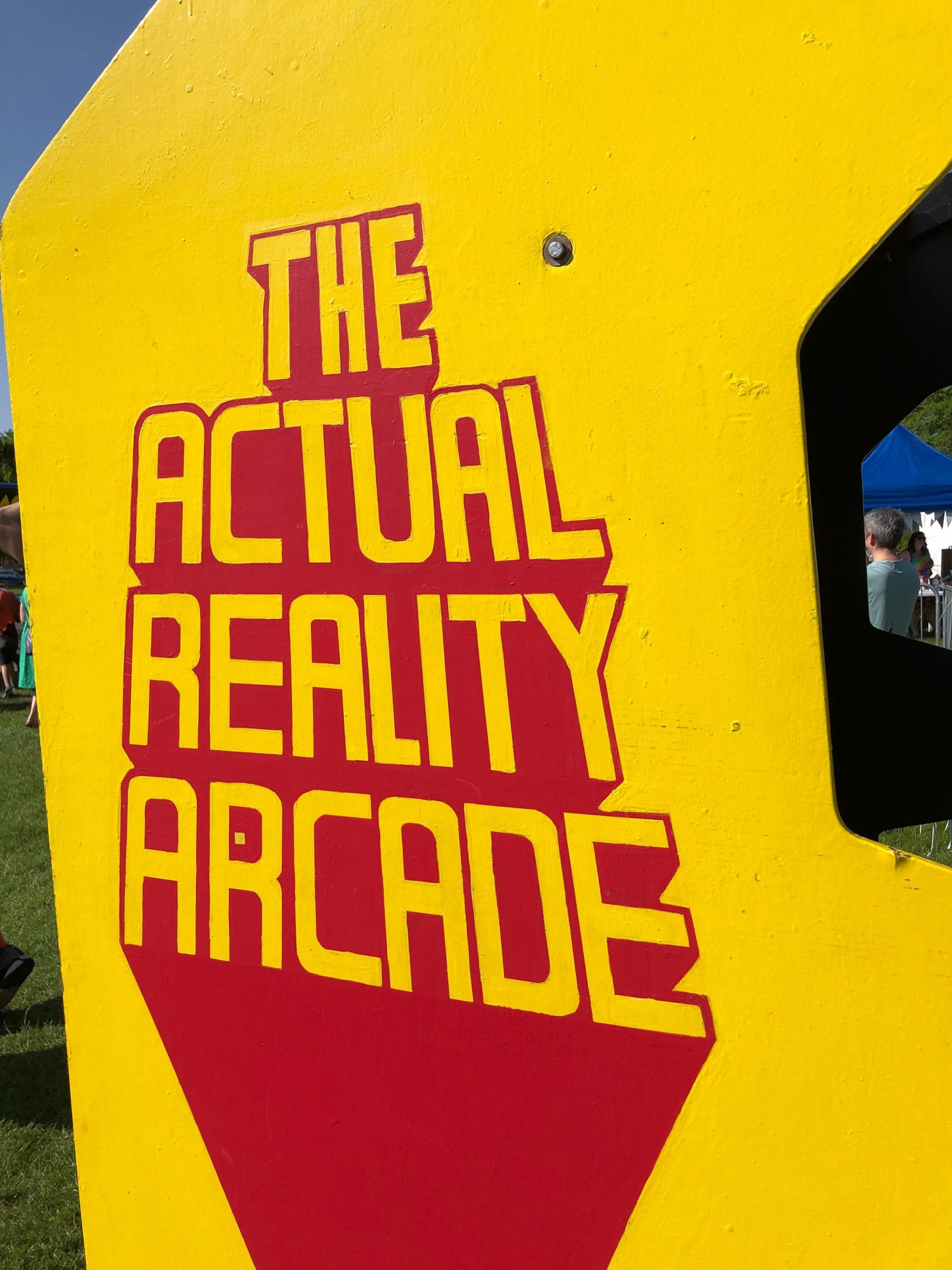
Devizes Arts Festival featured this great homage to classic computer games. A simple idea but a brilliant one: becoming the characters in a physical recreation. I got so into being pac-man!
Recycling Old Tech
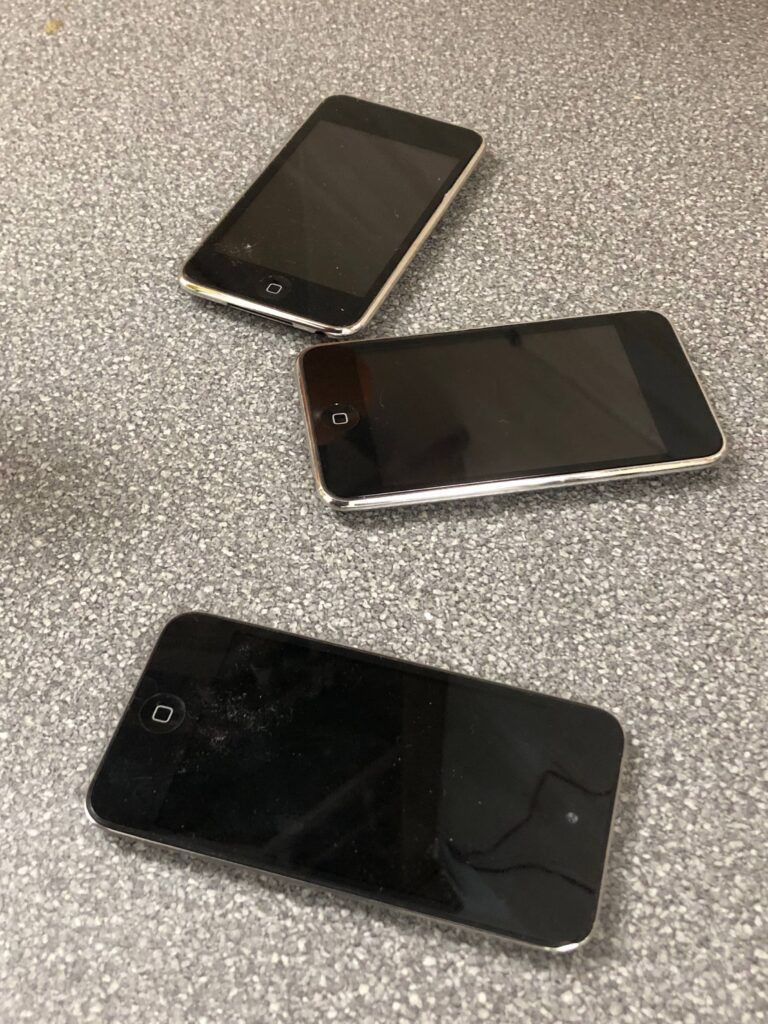
STEM have kindly published my blog containing some thoughts towards how old, and seemingly defunct, technology can yet be of value to teachers as a means of providing Physical Computing experiences.
Perhaps the question for teachers (& school IT support teams) could be: “what can this still do?” – rather than “what can this not do?”
PM 2.5
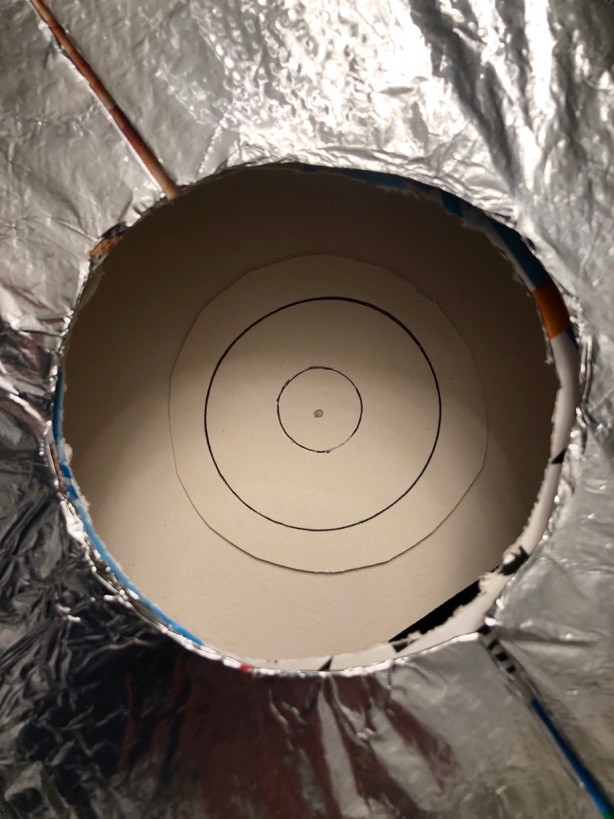
Enjoying resource creation for my friends at Digit<all>
An activity for teachers will merge DT with Computing skills and Science – to build a particle measuring machine, linked to the PM2.5 Tree Sensor so that pupils can engage with the need for careful monitoring of these dangerous airborne particles.
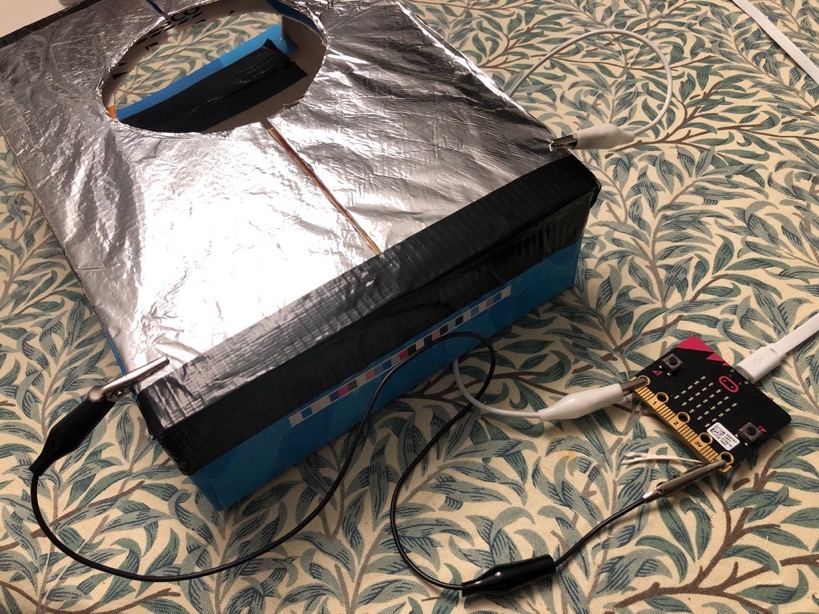
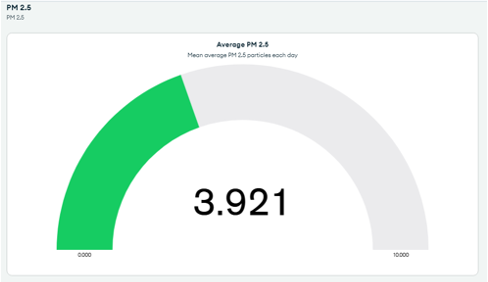
Badger plus on cam
The Space To Learn site in Northern Ireland captures video of wildlife passing by cameras that are spread throughout the woods. This camera, BadgerCam – is a good one for recording the soundscape too!
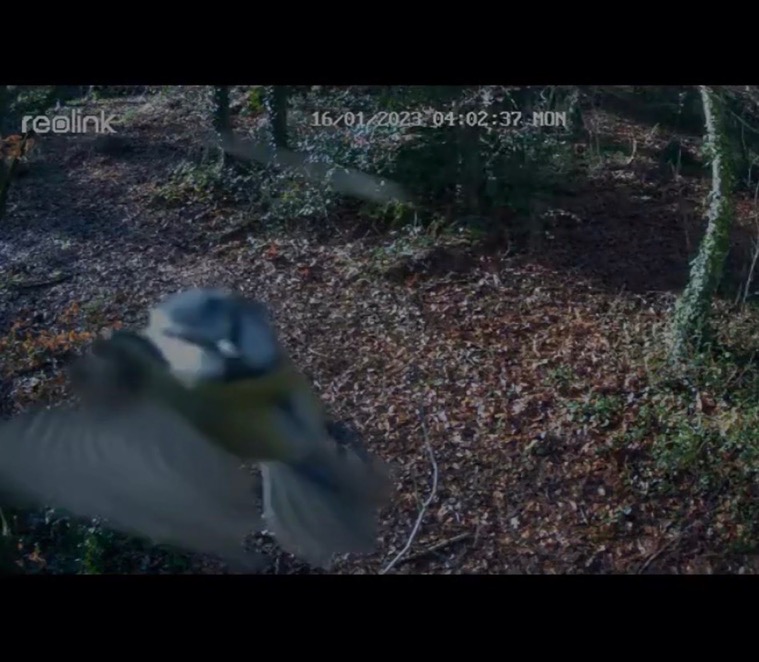
PA Consulting Competition Entered
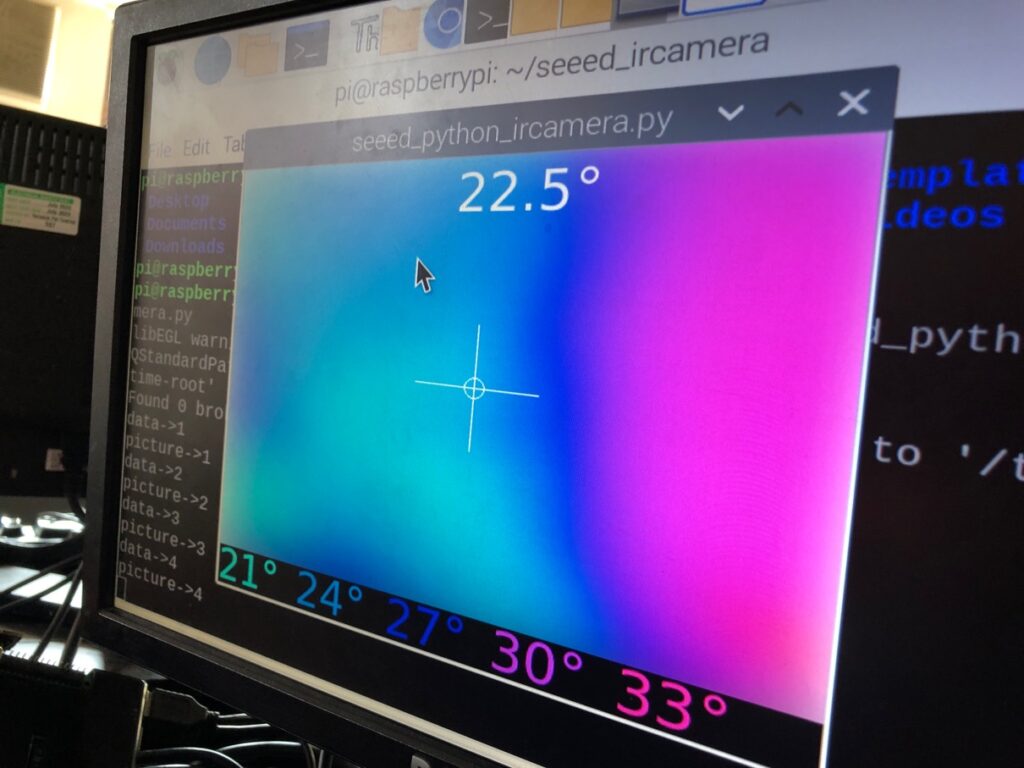
After a scramble to complete our two entries as far as possible – it is congratulations to Team Heat Hunters (Year 10/11) and Team Purple (Year 13) for readying their submissions in time. There was much more intended, but the experience of applying thermal imaging sensing and AI number recognition, gave both teams some valuable insights into these intriguing areas of robotics.
STEM PDL / New Models of Education
STEM PDL Stage 2 training has provided a rare opportunity to combine with colleagues from the far North of England to the South coast – in sharing our experience of school consultancy processes, and best support techniques. Thank you Chris and Tracey for modelling the highest standard of professional development.
As part of our training I was asked to present on a piece of educational research that I considered to have been impactful and that would be helpful to others. I share it here as Schools Of The Future (WEF 2020) touches on many helpful perspectives towards future learning.

STEM friends
Thank you to Chris and the team for some fascinating CPD in Birmingham this week. It has brought home to me how much more effective it is to plan a project – especially one that involves many disciplines and subject areas – with the input of brilliant people!
www.flickernet.net/stem

S2L
The Space To Learn page is gradually taking shape. Over the next few months I will share the ways in which I aim to develop outdoor educational technology from our foothold in the Mourne Mountains. Expect live data streams; real world applications of physical technology; and an exploration into new ways in which STEM subjects, creative writing and historical investigations can benefit from a natural environment that is fully plugged in.

Unity learning
The huge potential of Unity as a teaching resource is keeping Keith and I hard at work. We have exciting plans to bring STEM subjects to life using this great engine – the laws of physics can be explored in a virtual world!

Robo BCS launch
Thank you to Stuart and the team at BCS for a most interesting day exploring the new BCS Level 1 qualification at BCS HQ. The twelve of us present were taken through the materials and provided with ample time to explore what delivery of this new certification will look like.
As LPA are one of the first schools to offer this (through the STEM Enthuse Partnership) I will be sharing here what the experience of being a certified testing centre is like – and how well our pupils do in tackling the qualification.
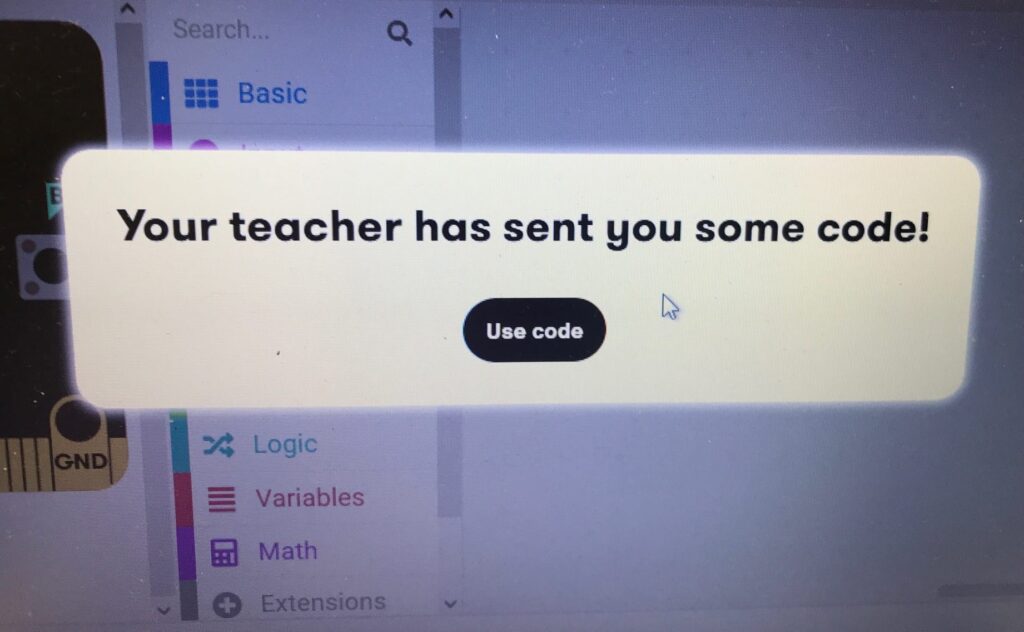
johnket data is live
The Raspberry Pi-up-a-tree is functioning well. Data stream is here: www.flickernet.net/data with further information on the wider STEM based outdoor learning project here: www.flickernet.net/s2l
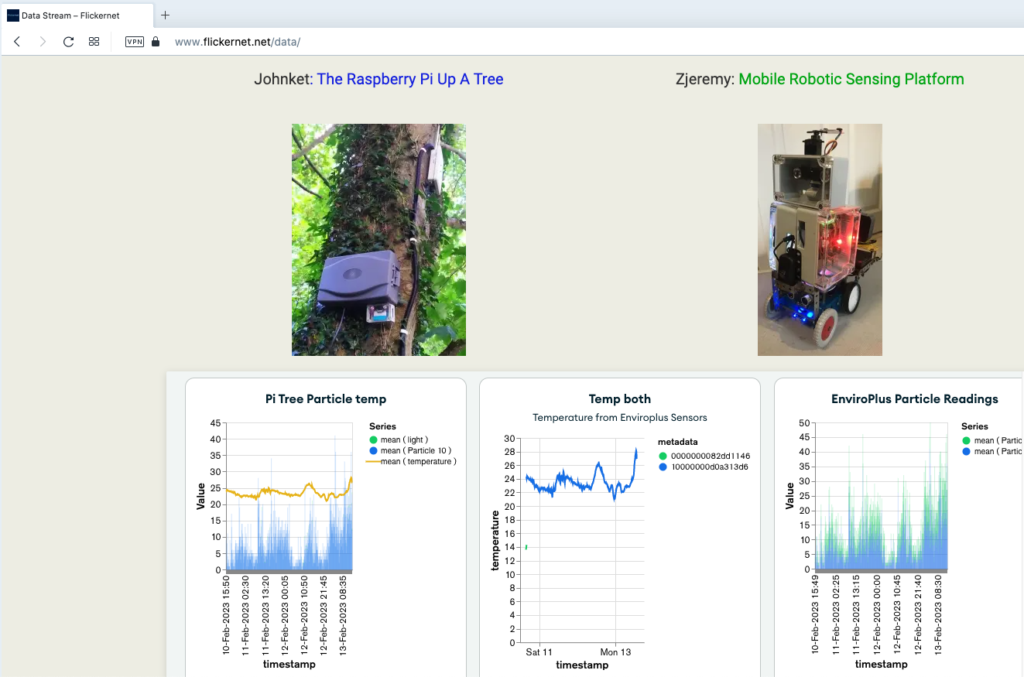
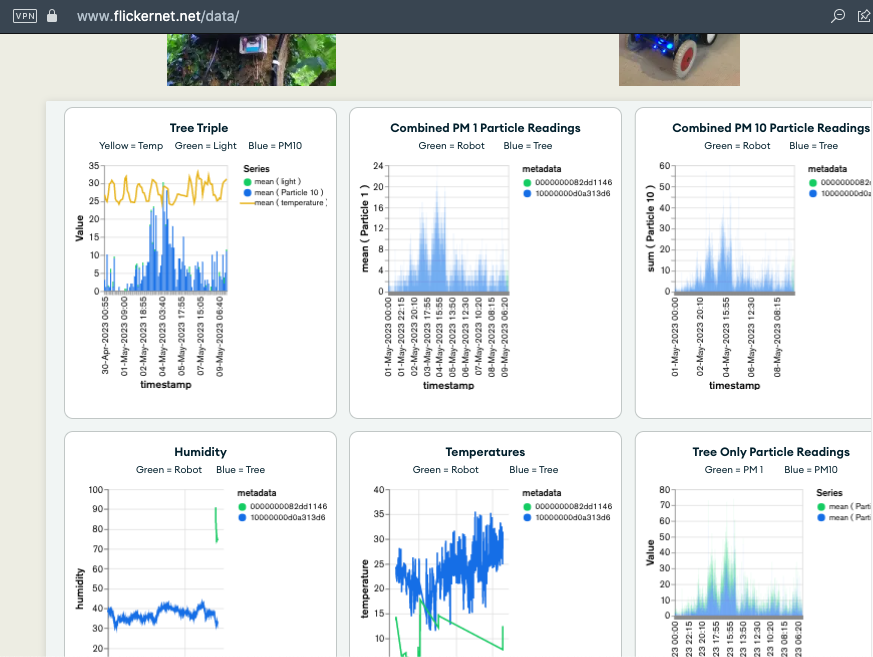
IoT: Enviro+ for a tree..
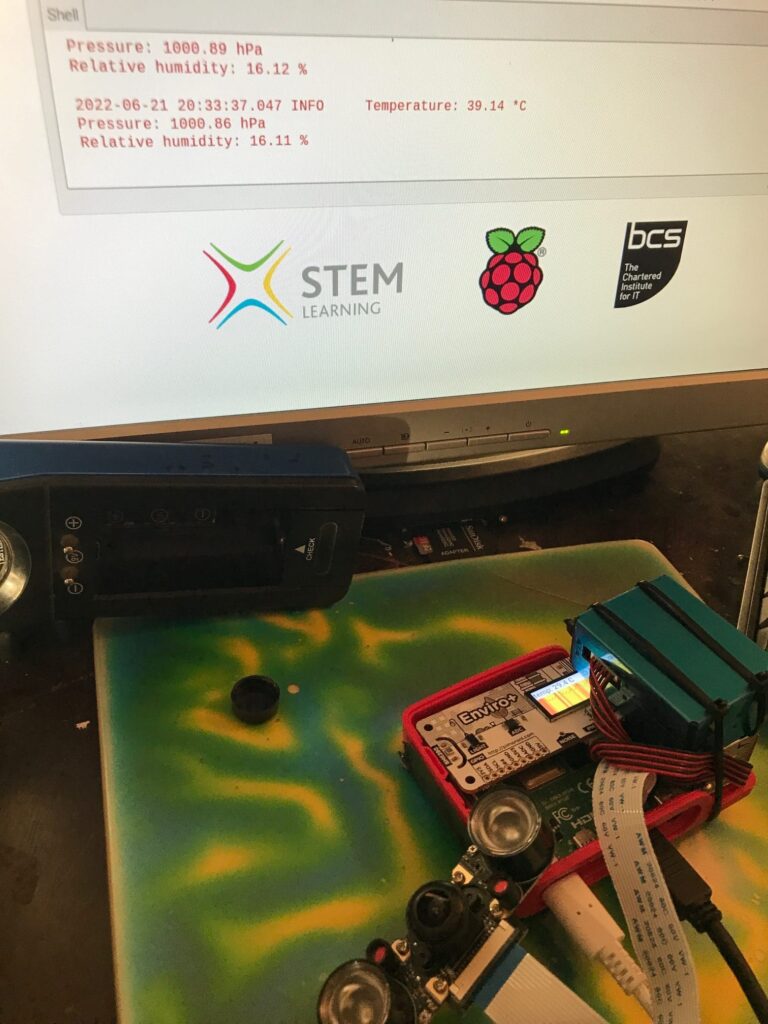
This is the first of two environment monitors under preparation to provide real-time data and imagery from two distinct environments: rural and urban.
It will stream information about the air quality including pollutant gases and particulates as well as light / sound and weather data.
codename: johnket
Pi Place
Pico Prize
Thank you to Grace and the judging panel for PA Consulting, part of Cambridge Network, who sent us an enormous envelope – inside which was a small, but perfectly formed Pico! The judges commented on our project:
“Your objectives, although challenging, show the impact you wish to have. I also like that you see this as an interactive approach and not something that is solved in one go.I hope you keep the development and team spirit going”
